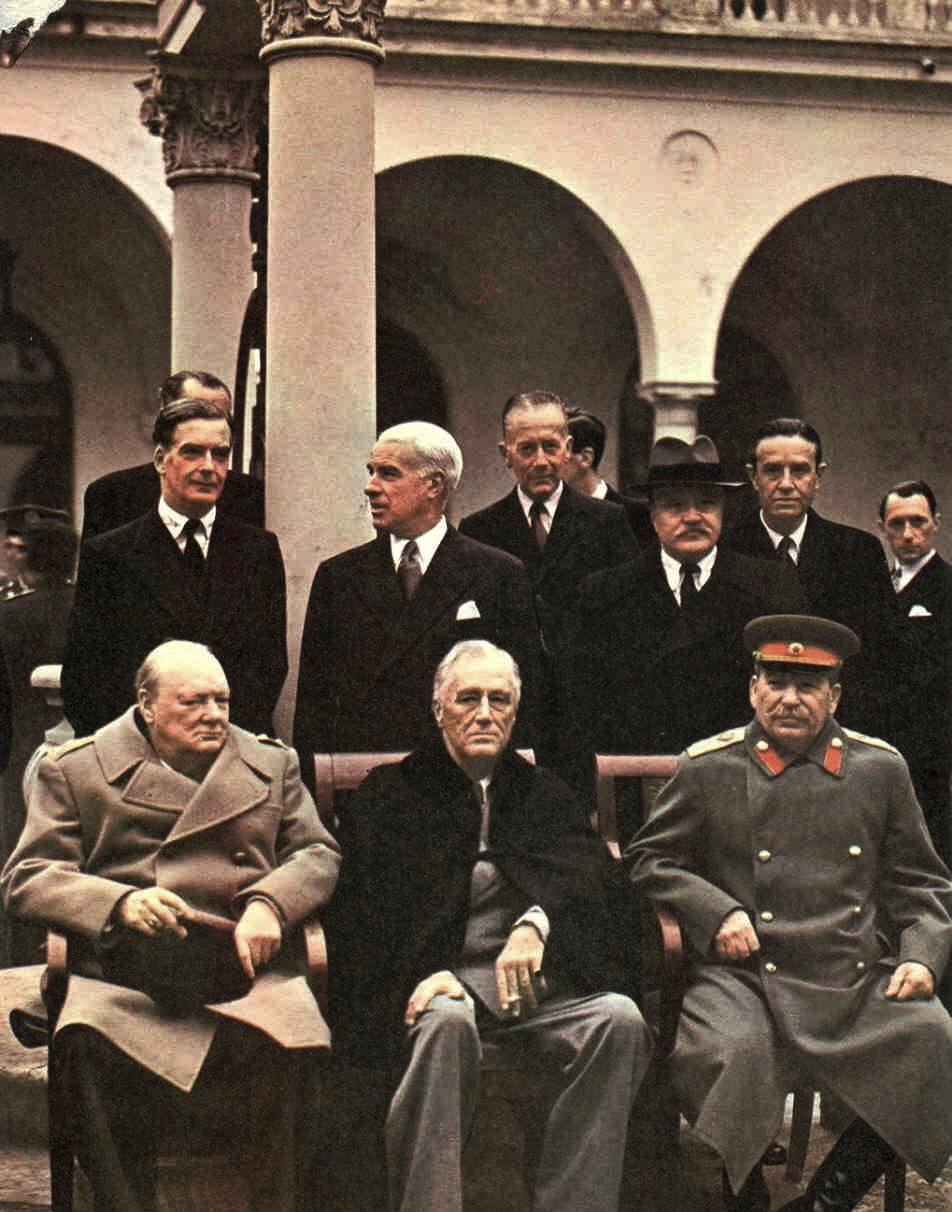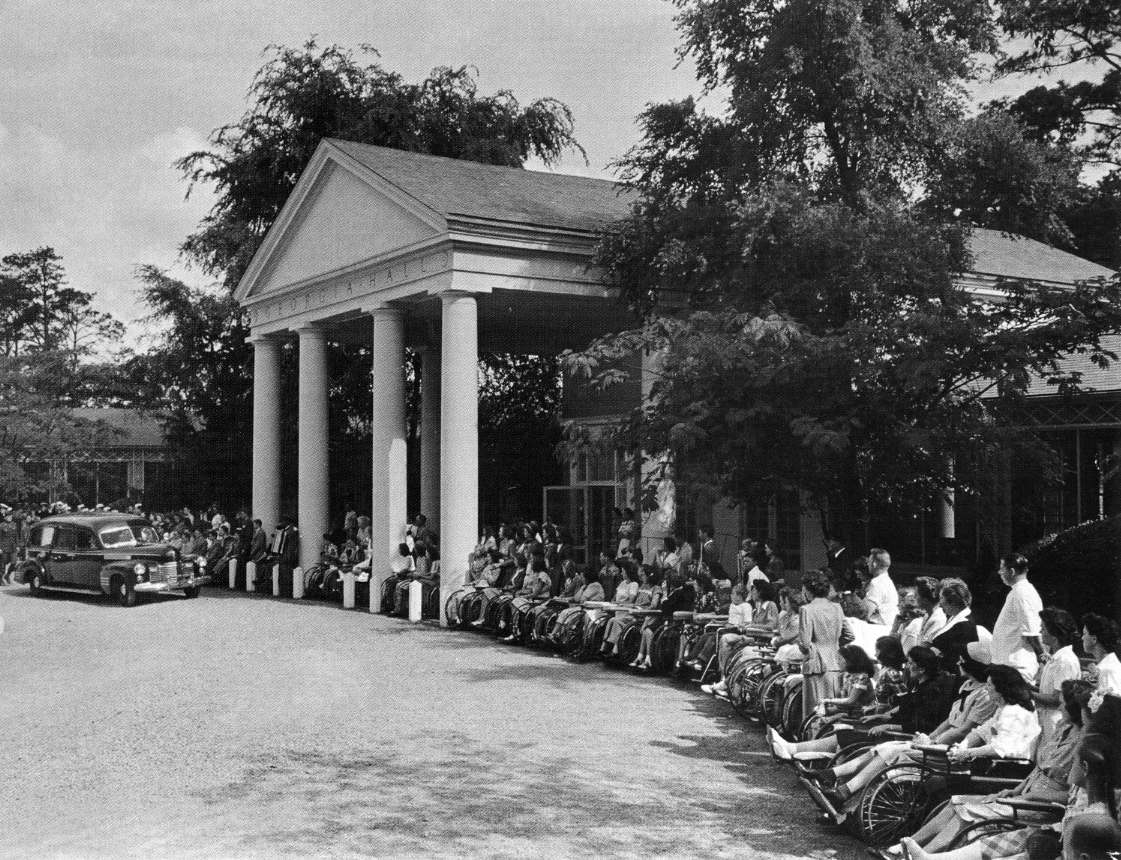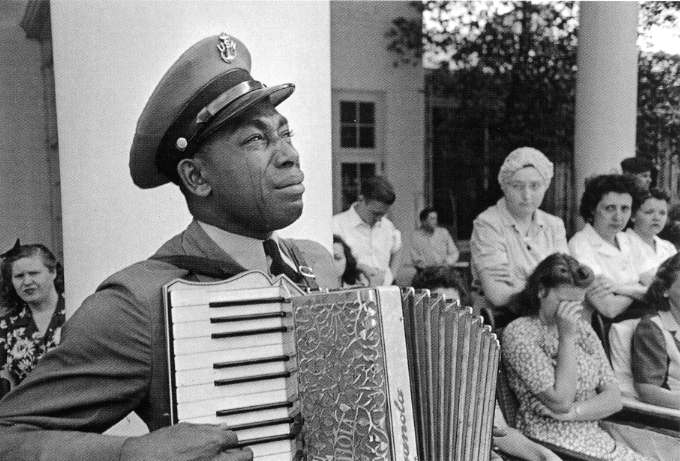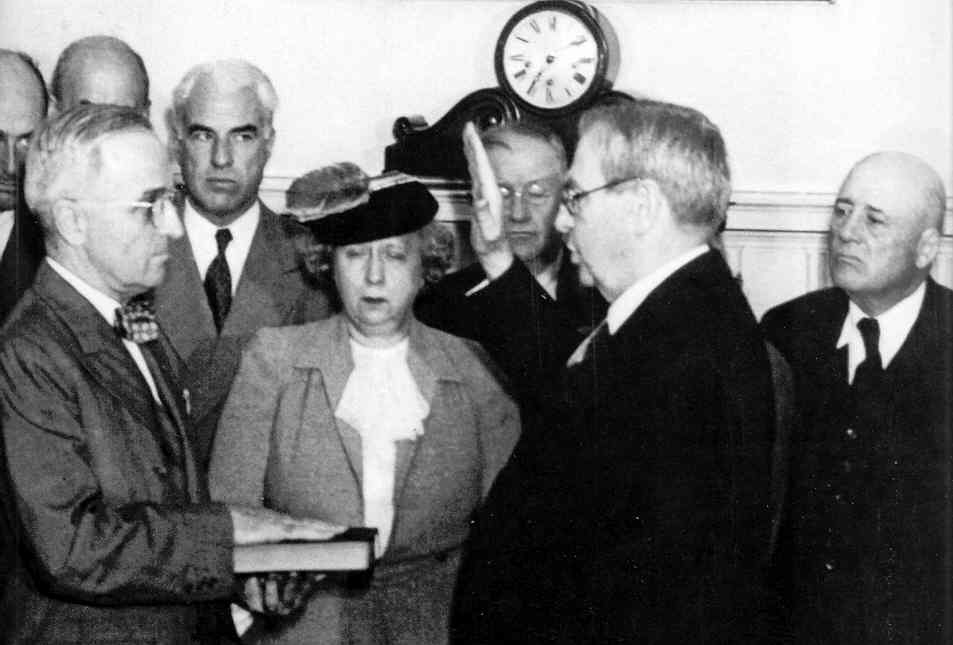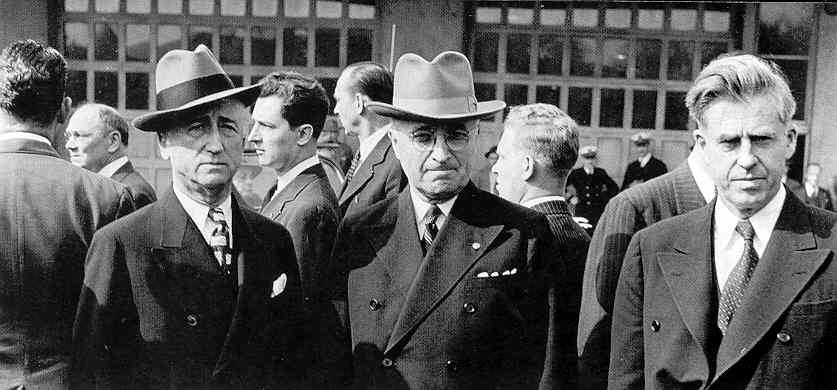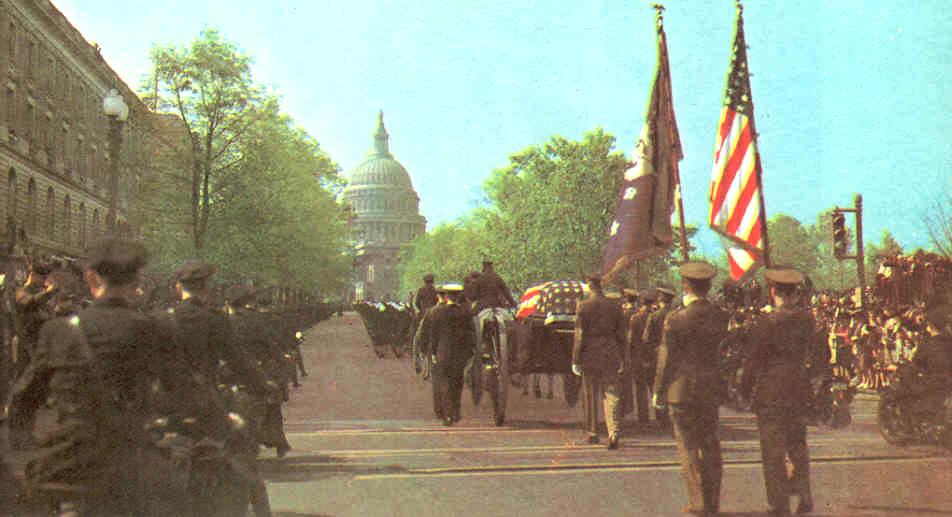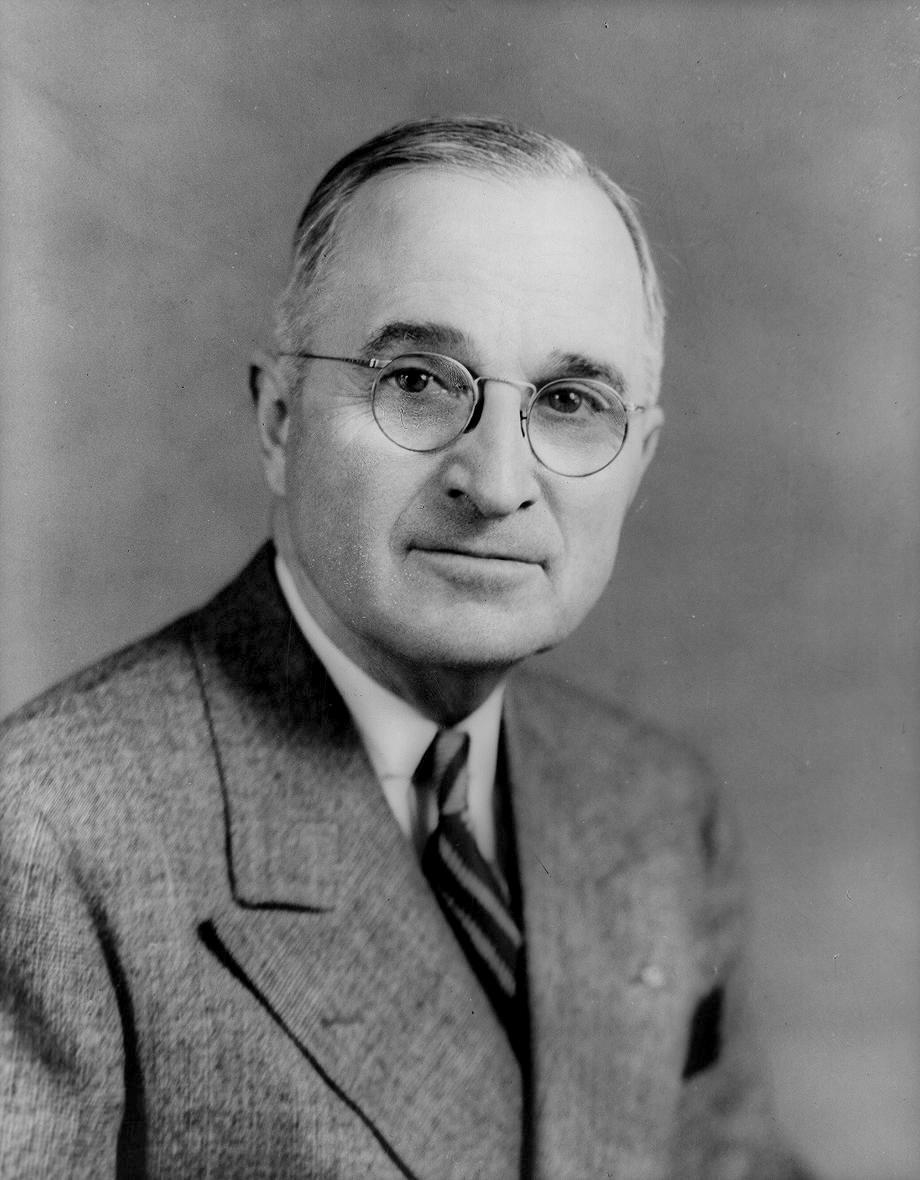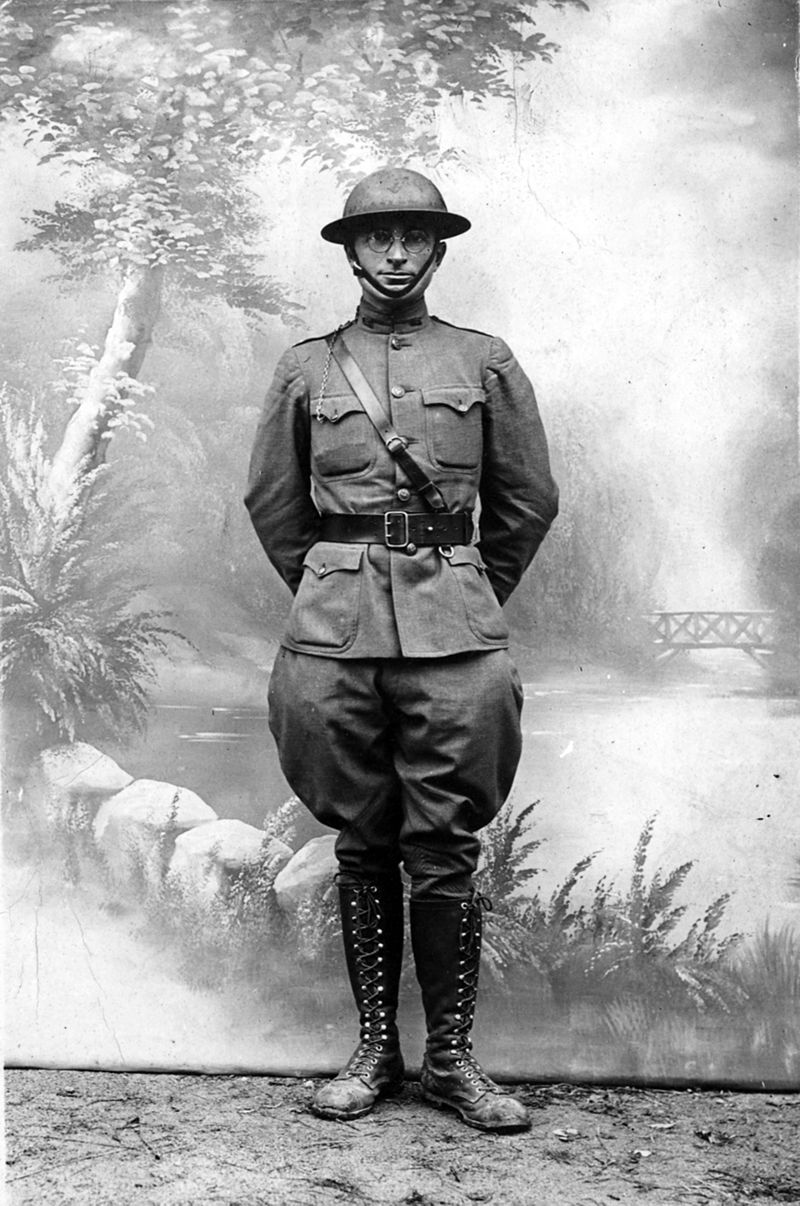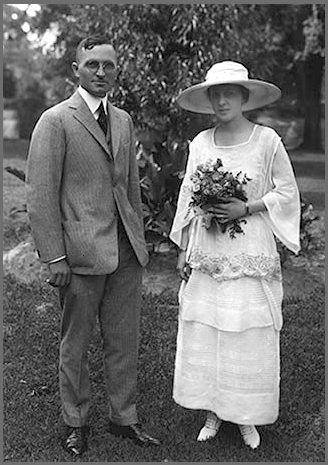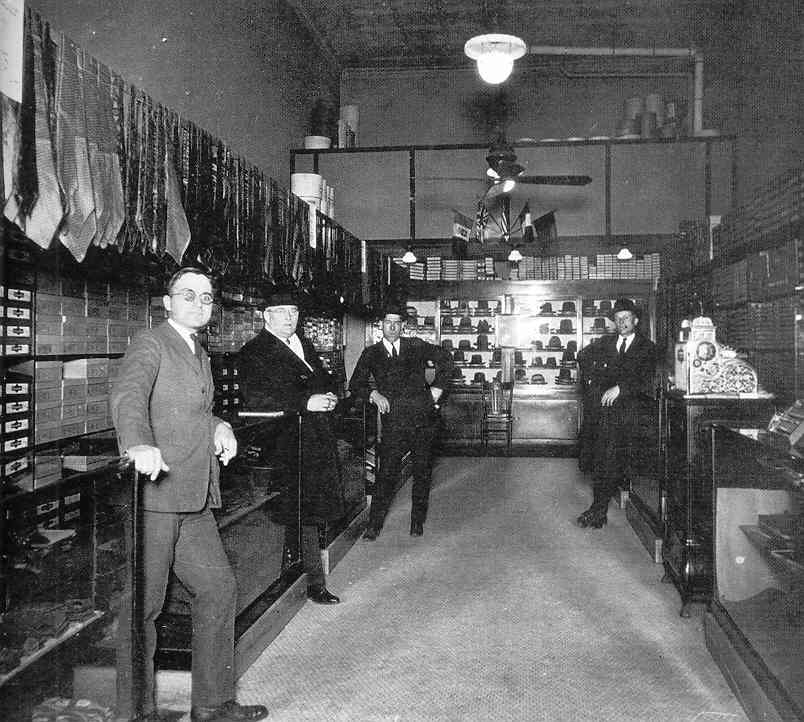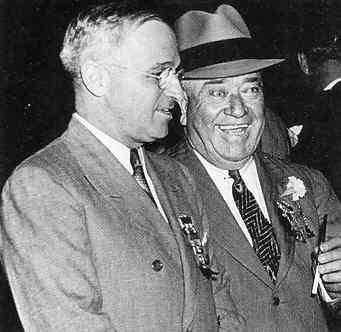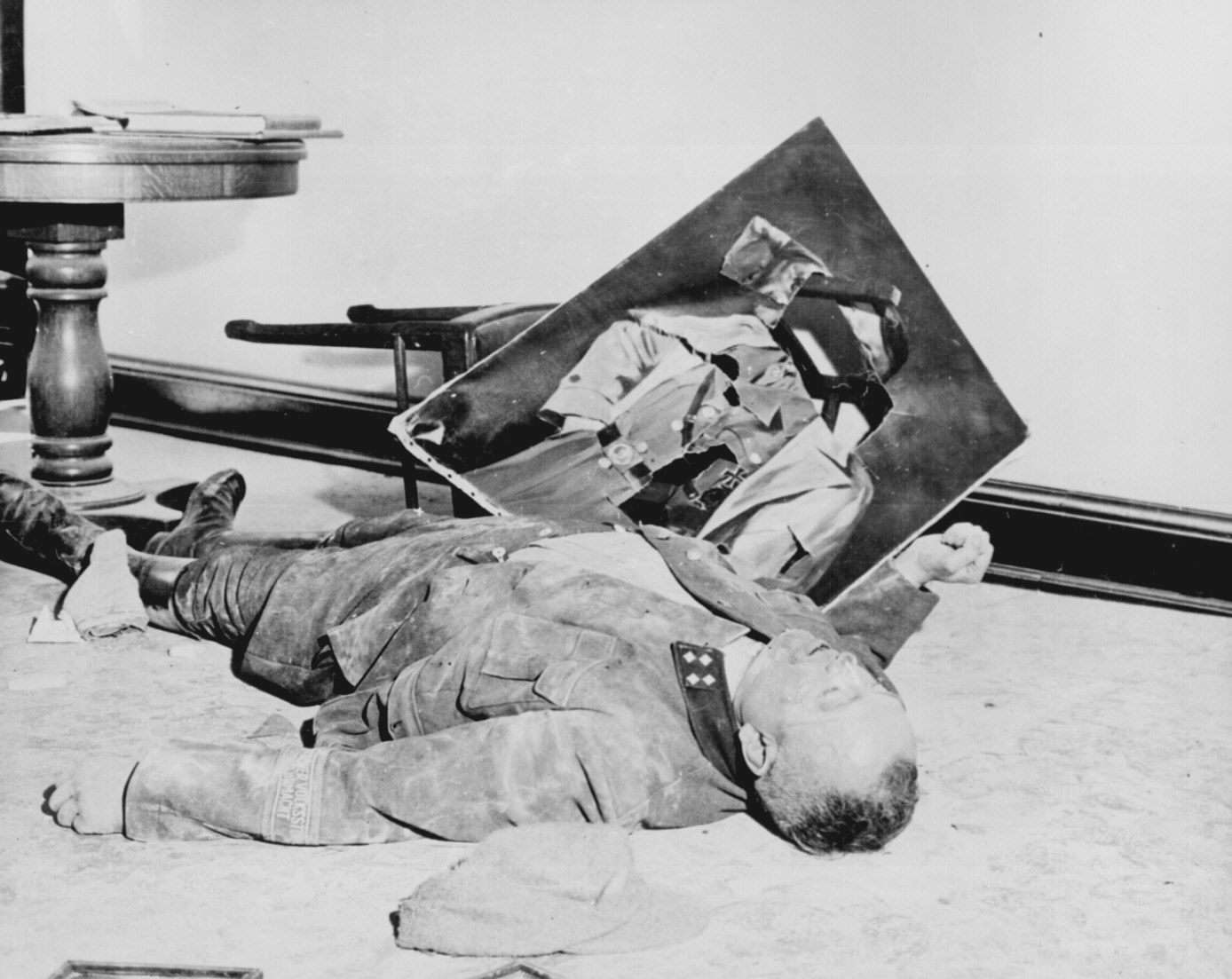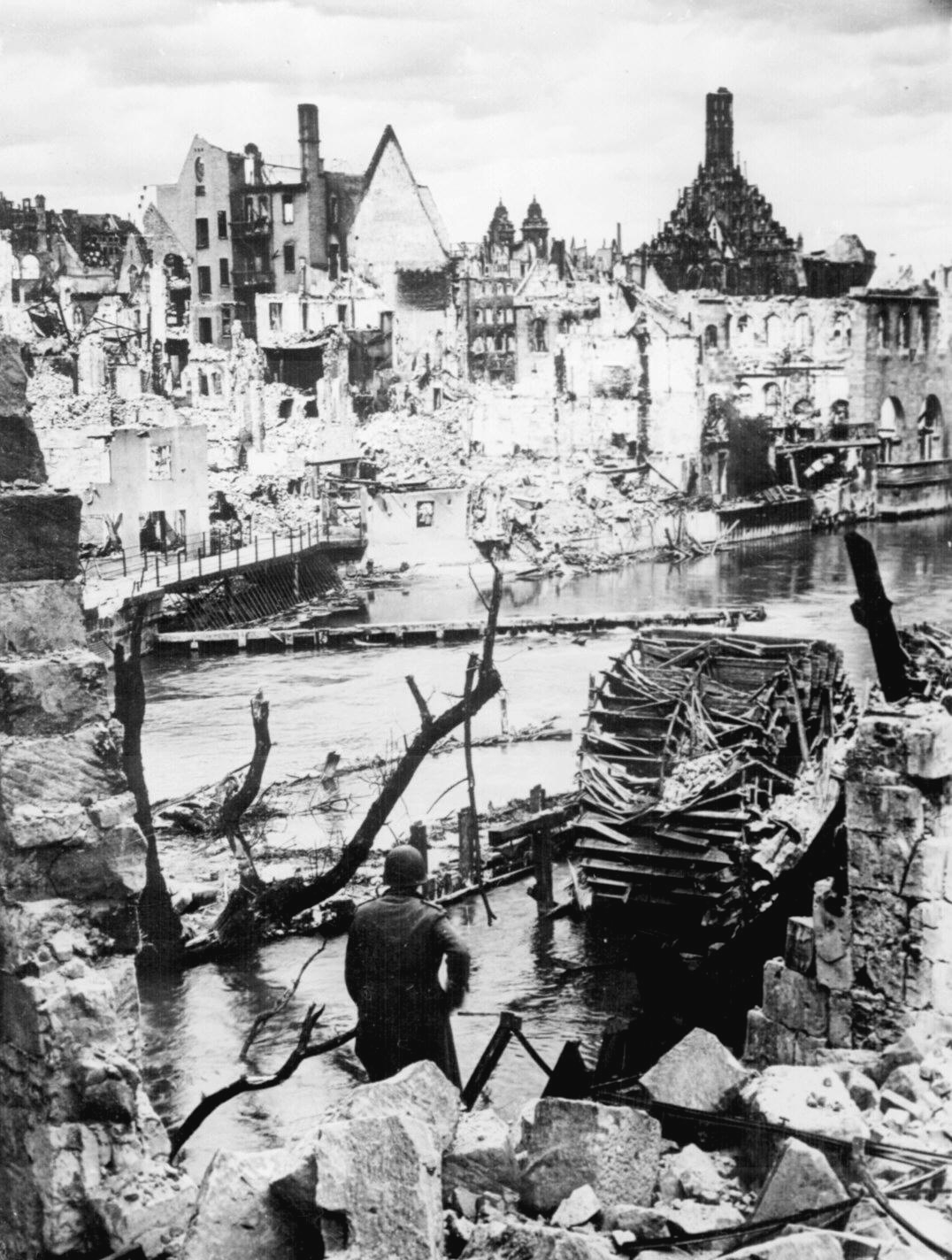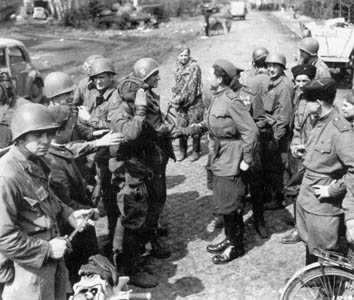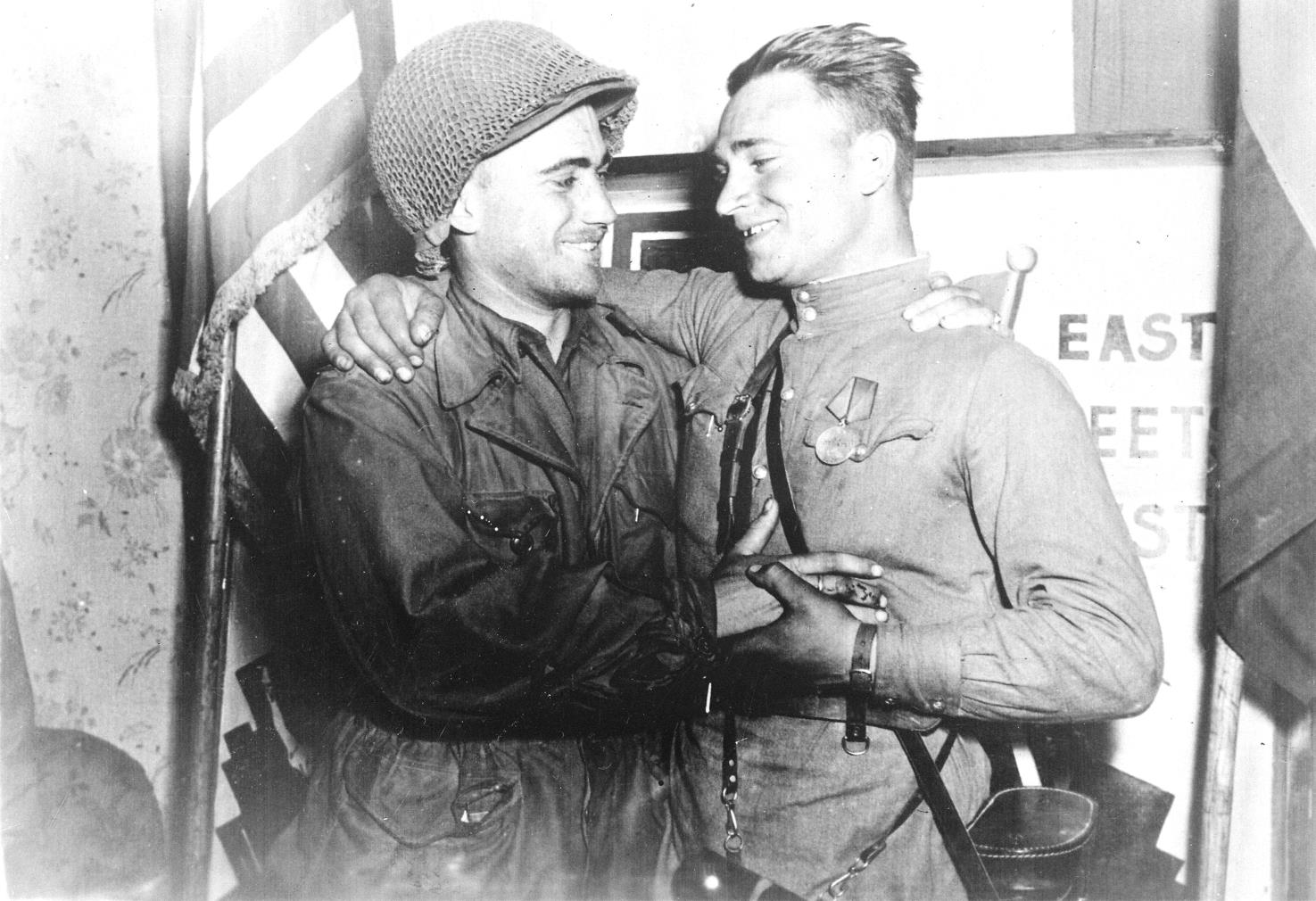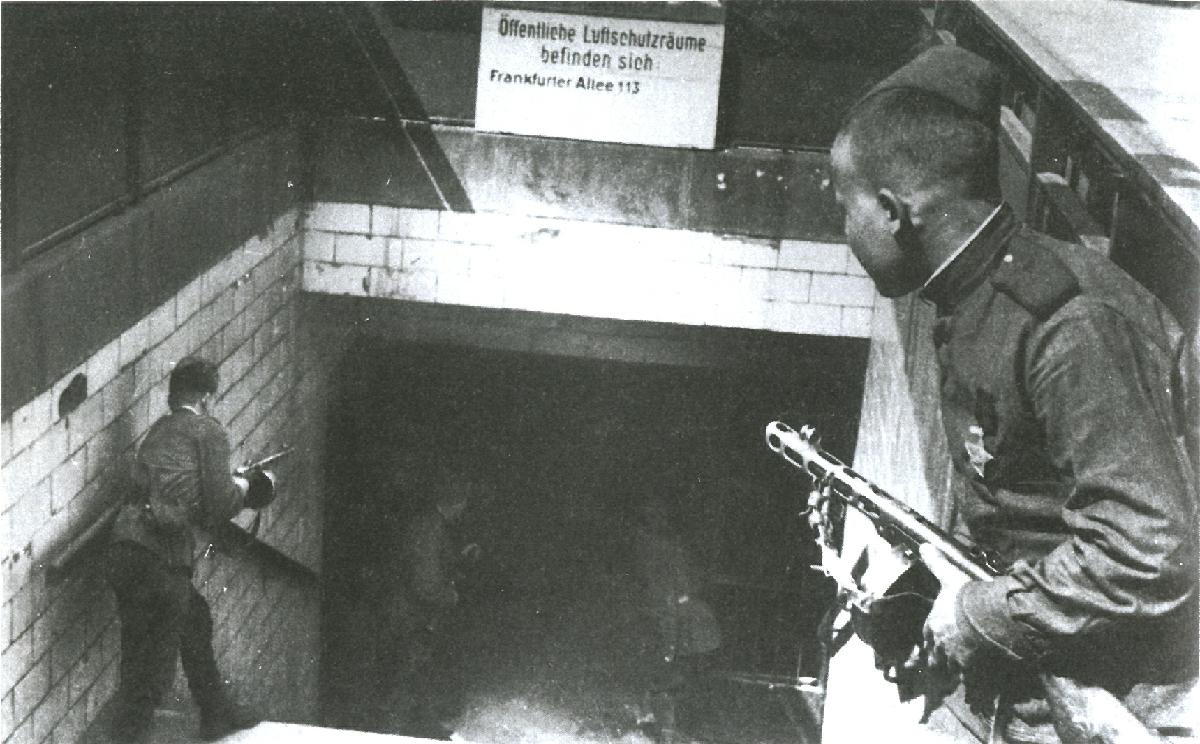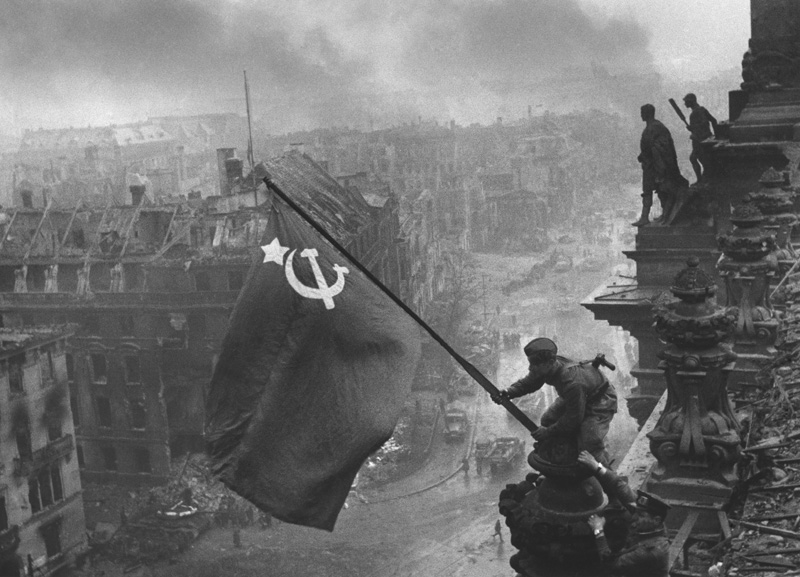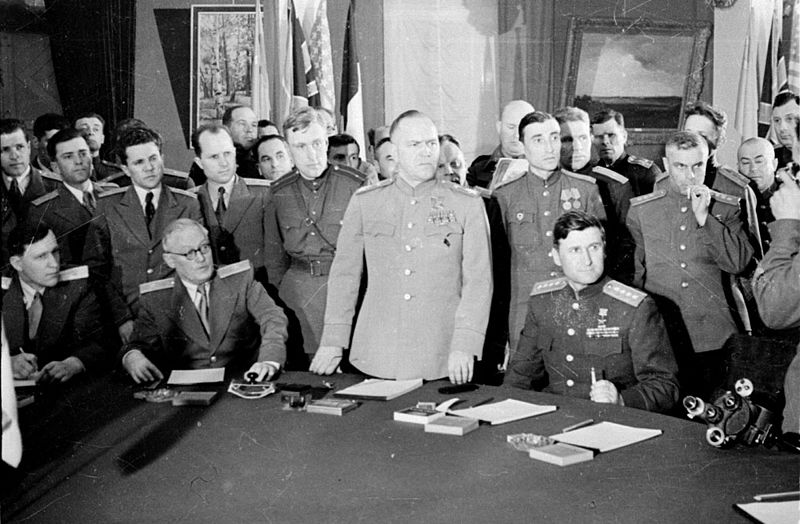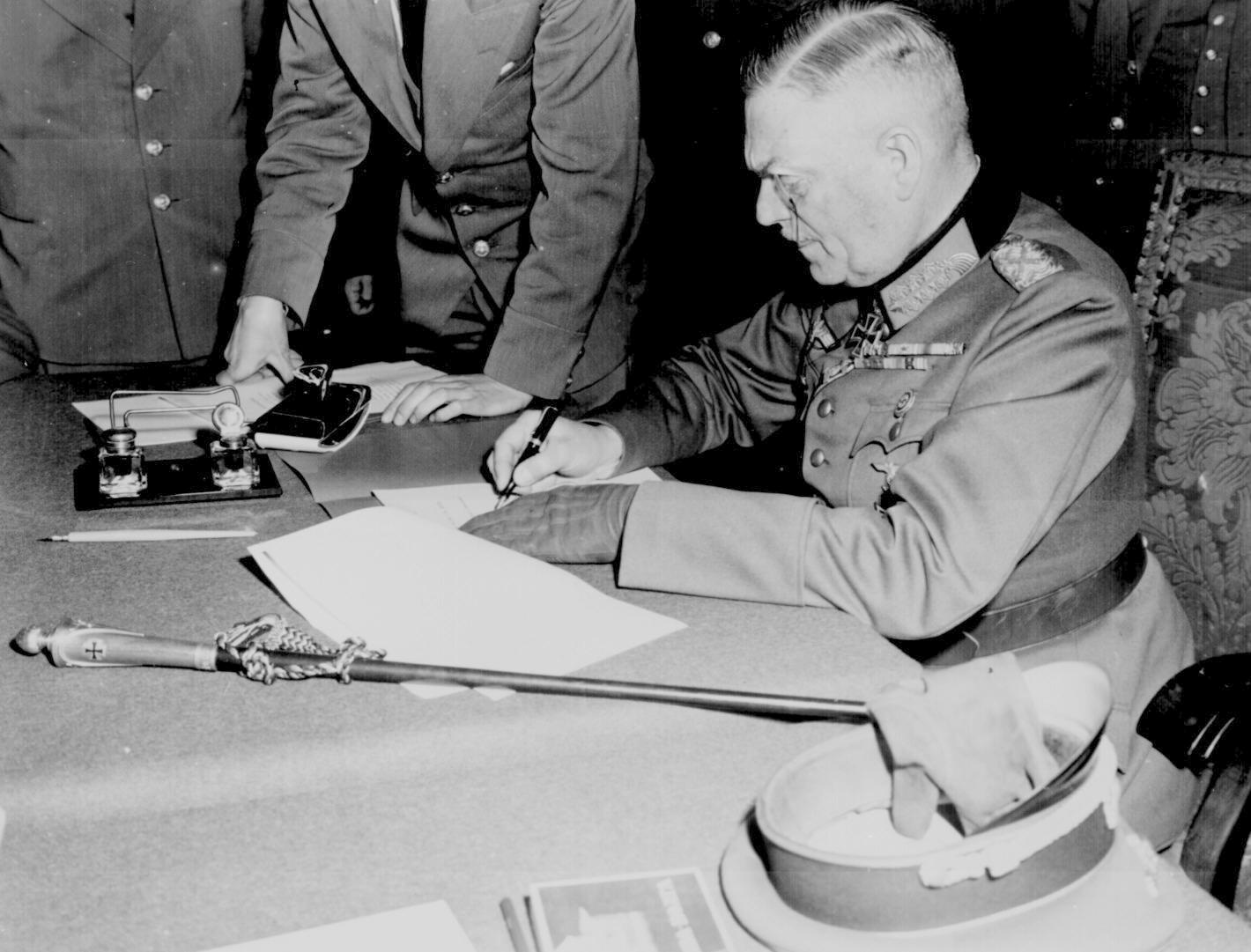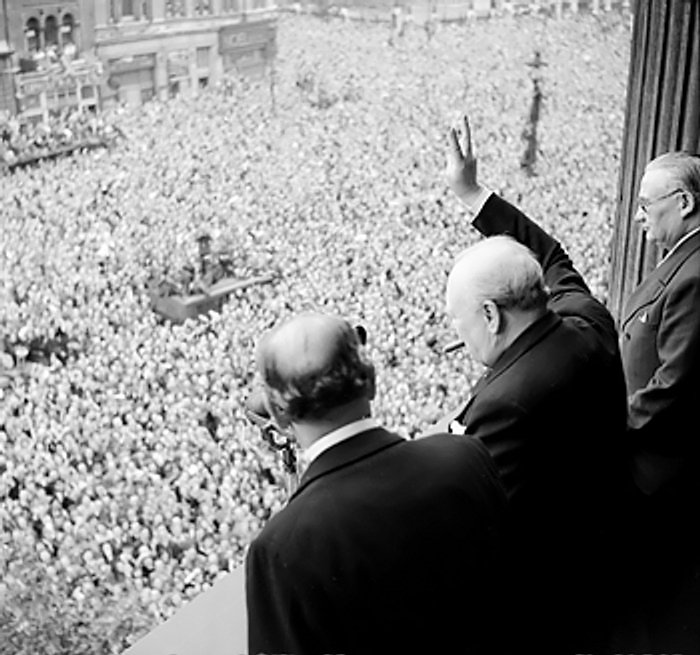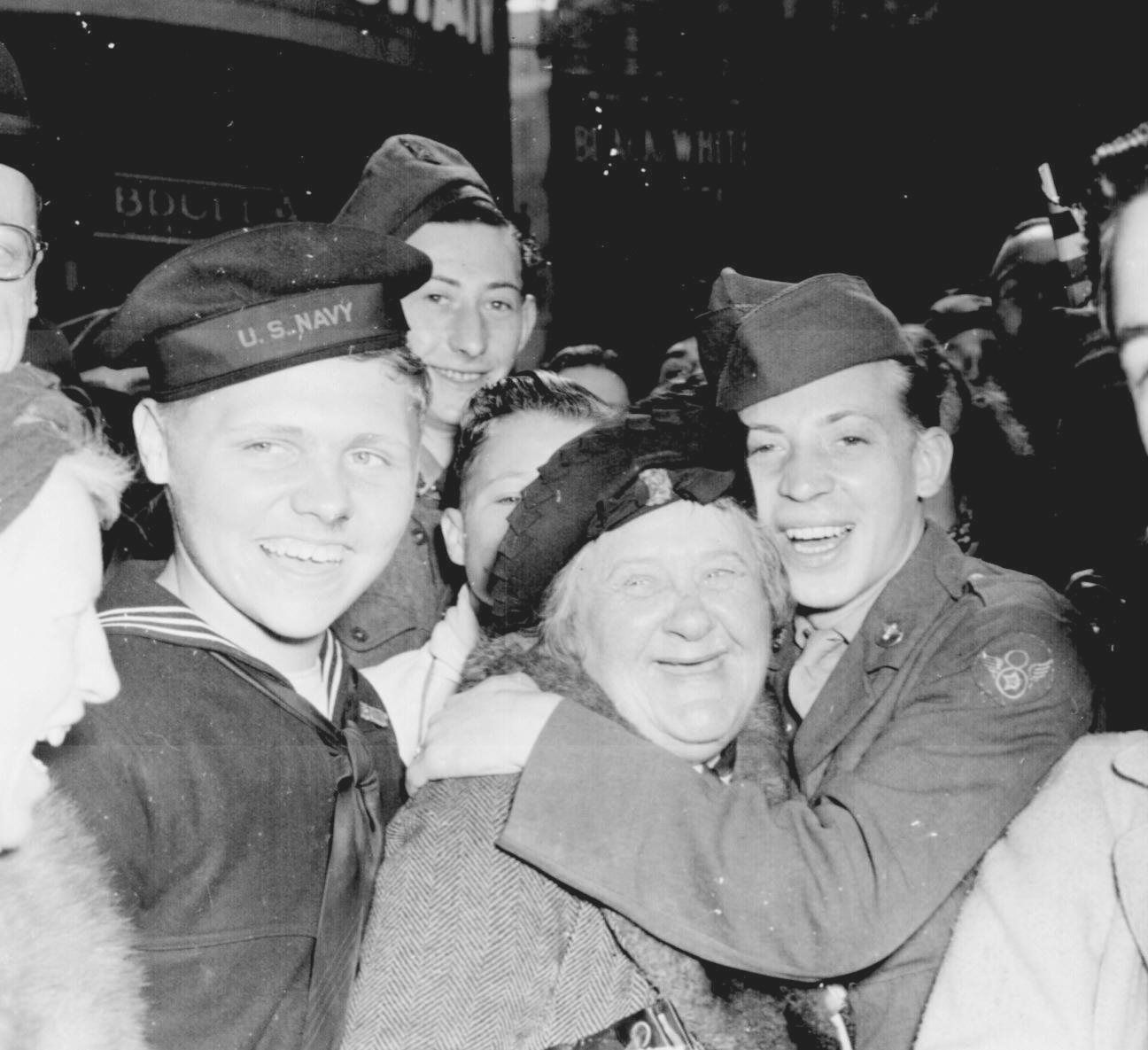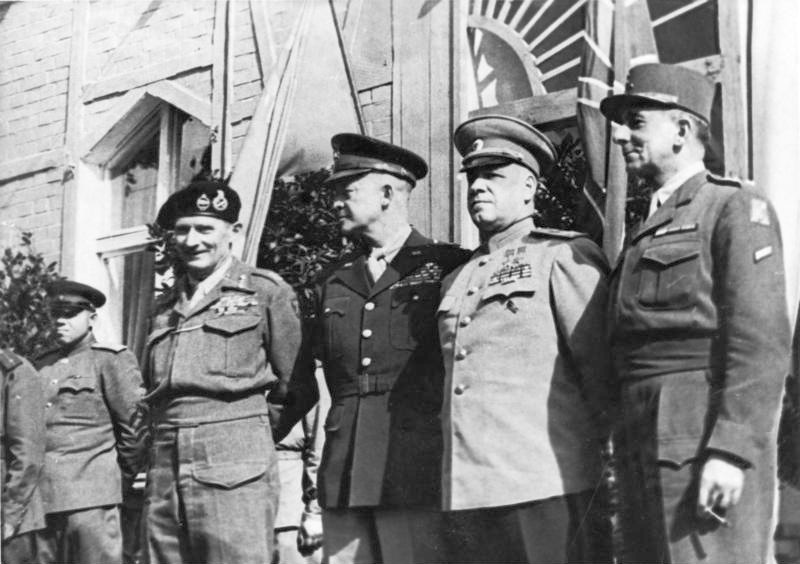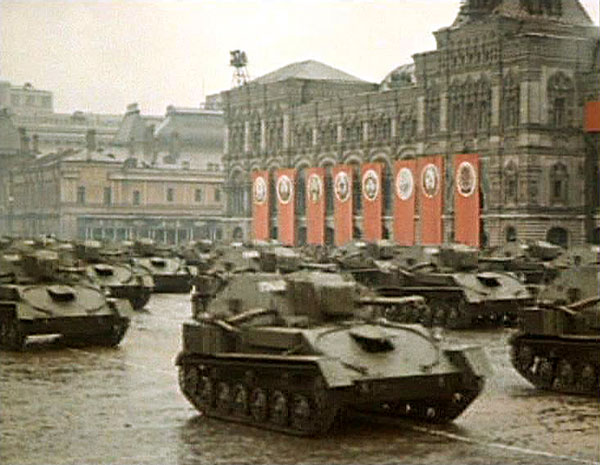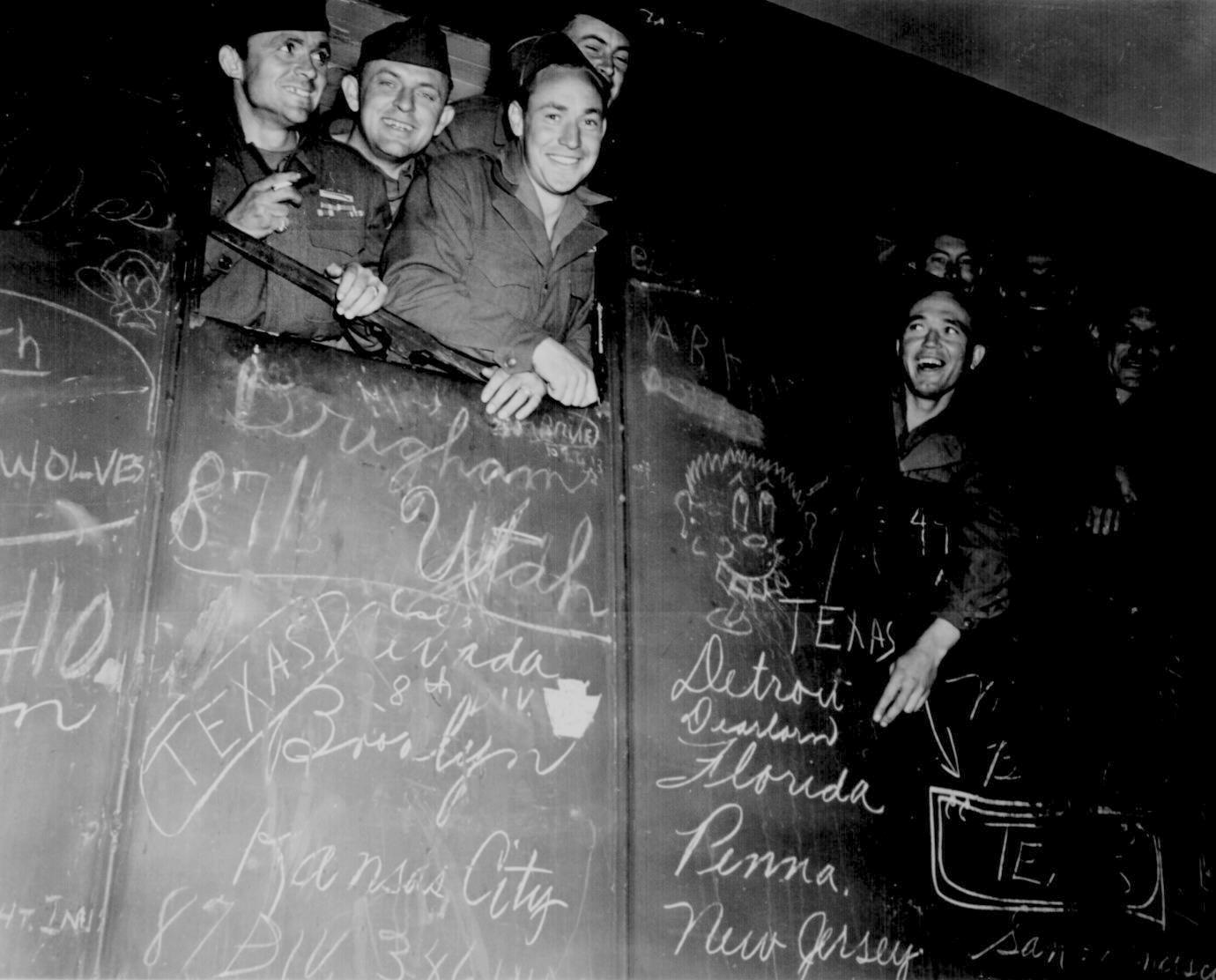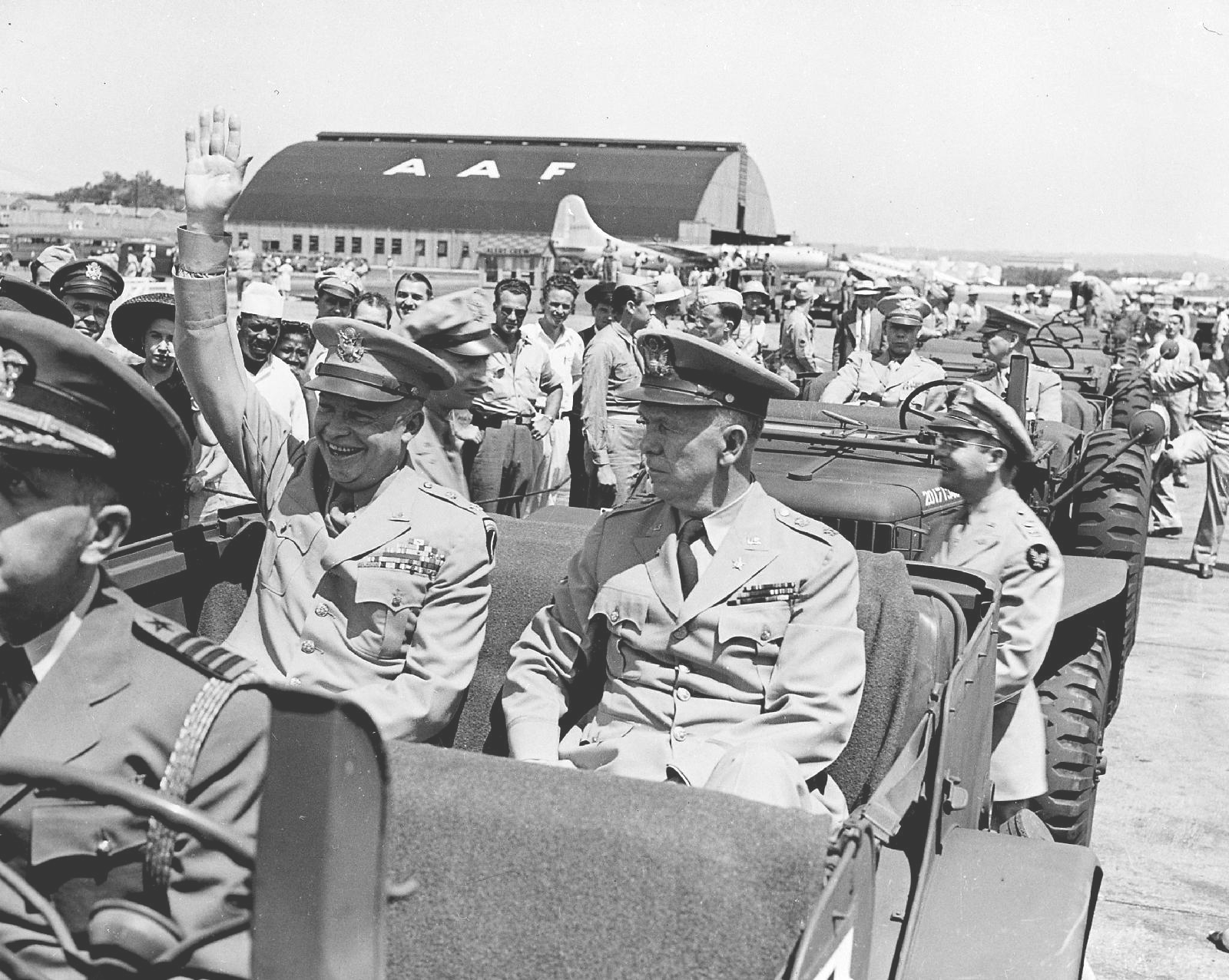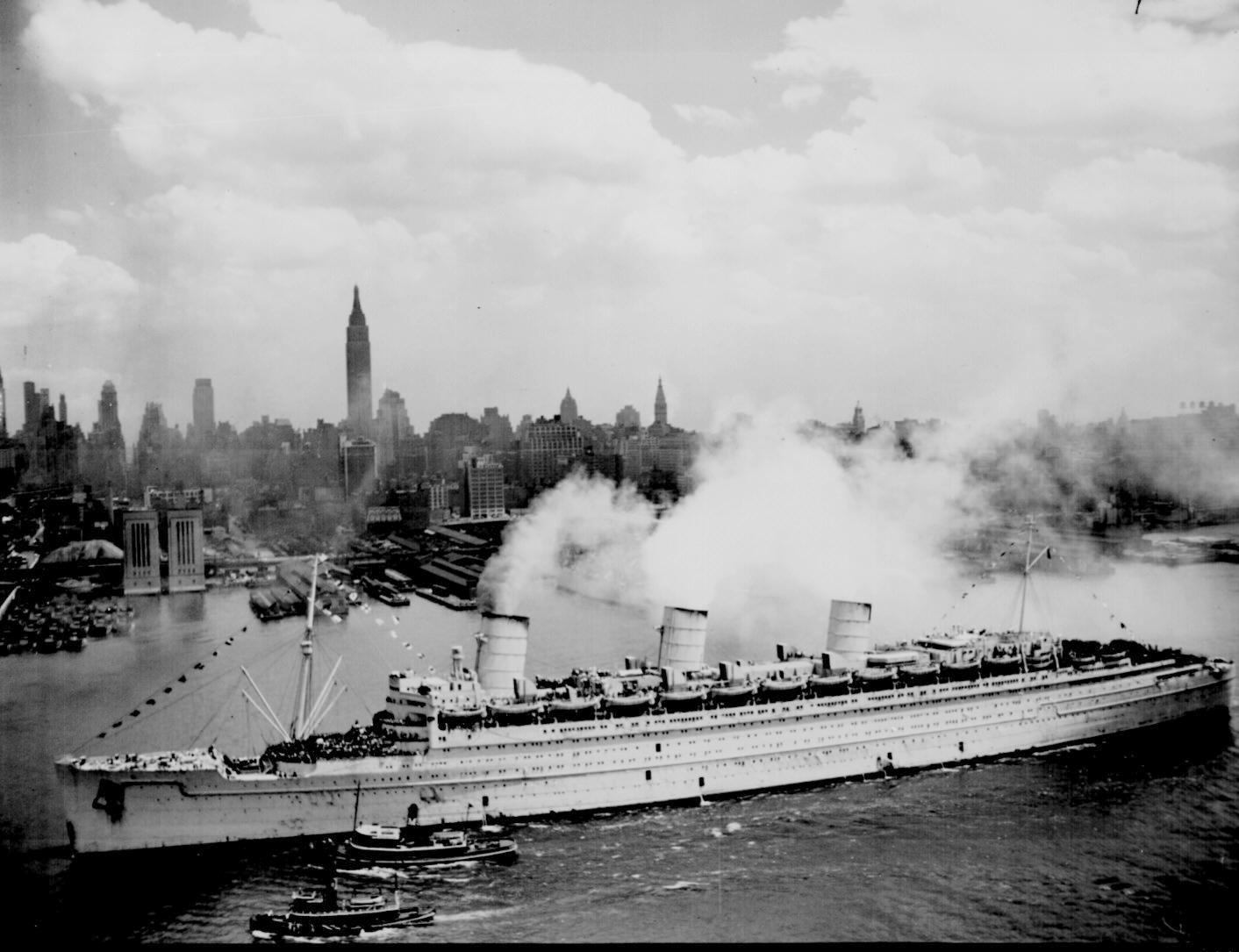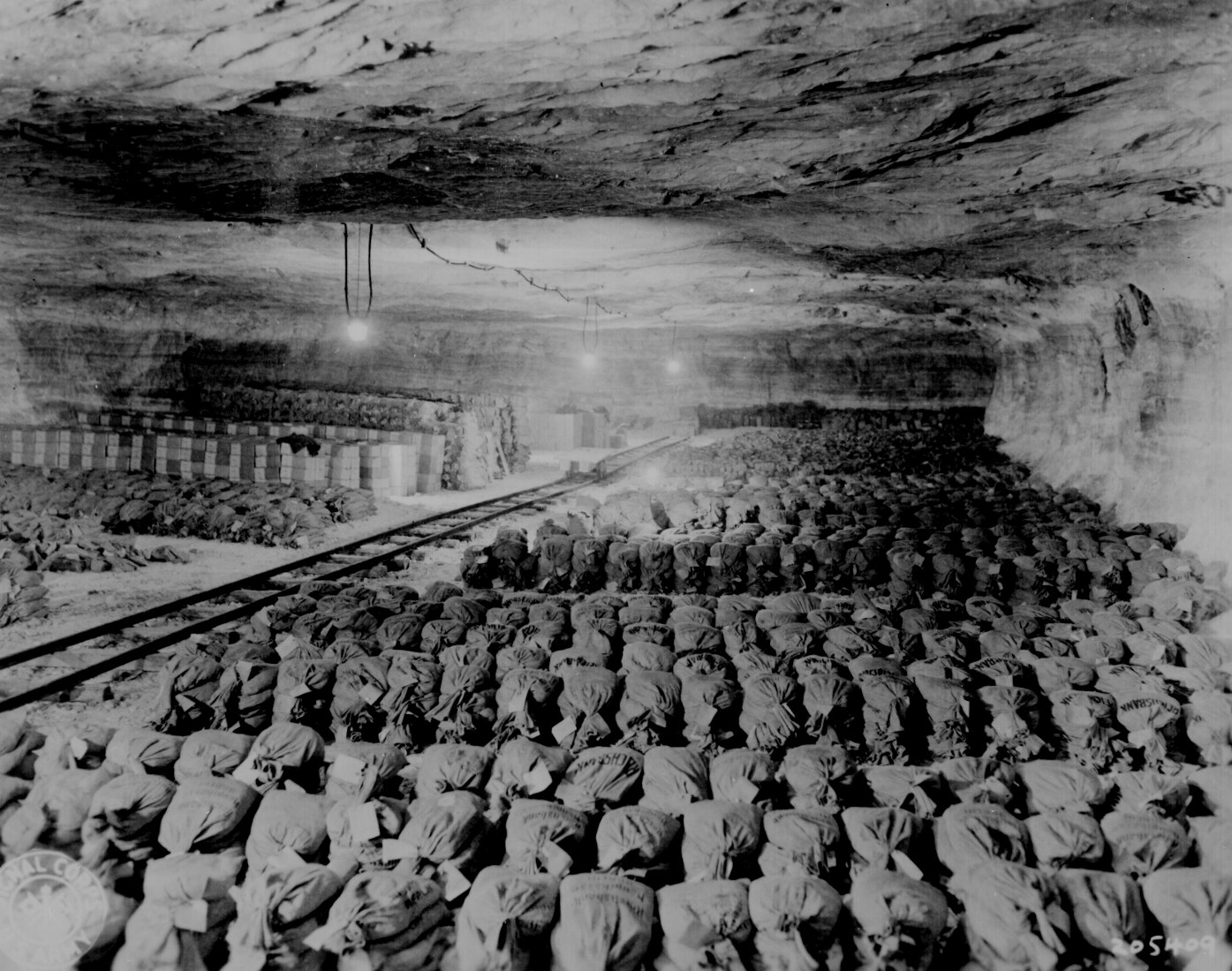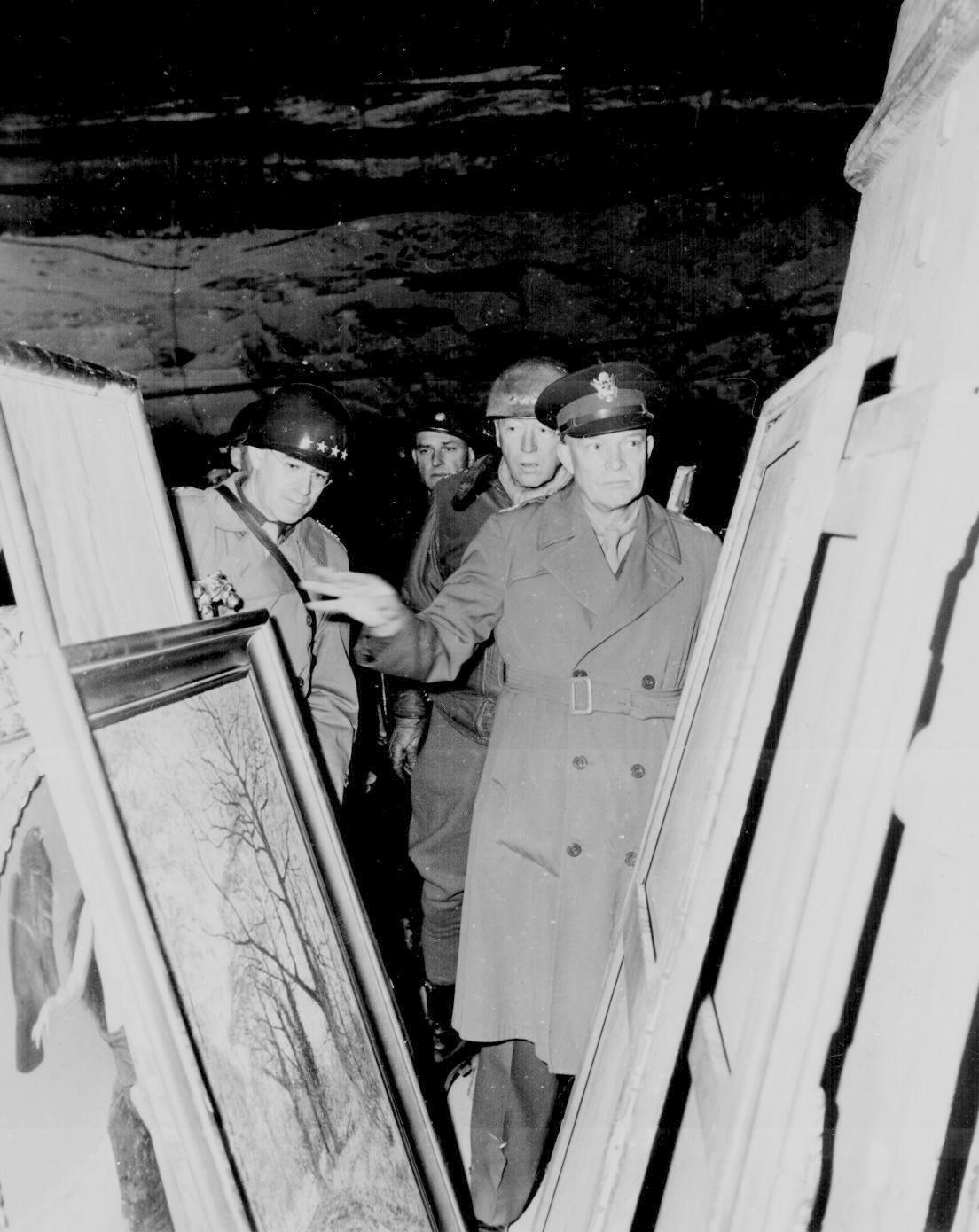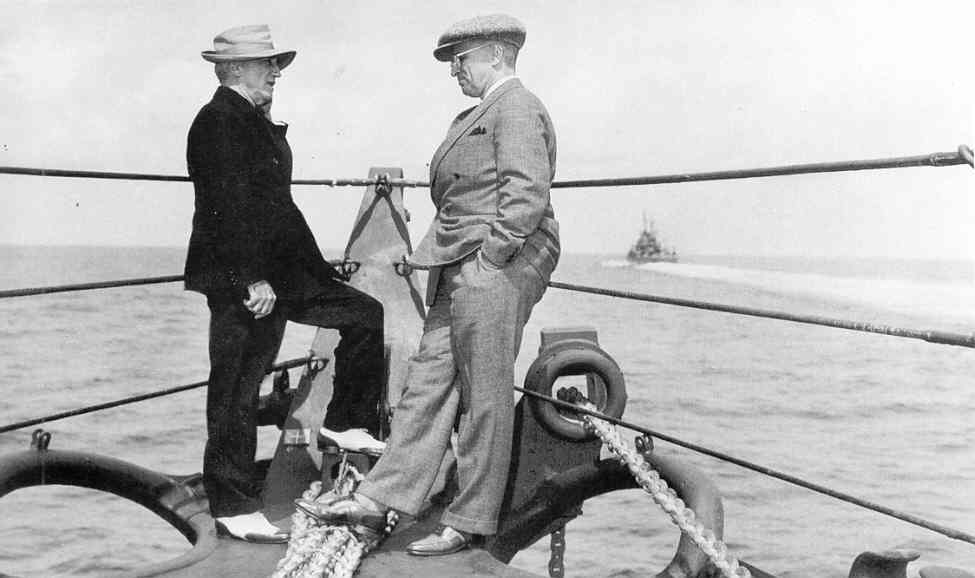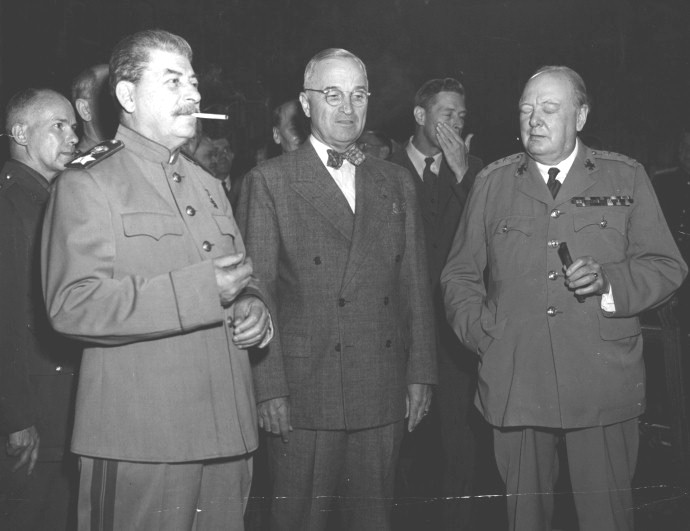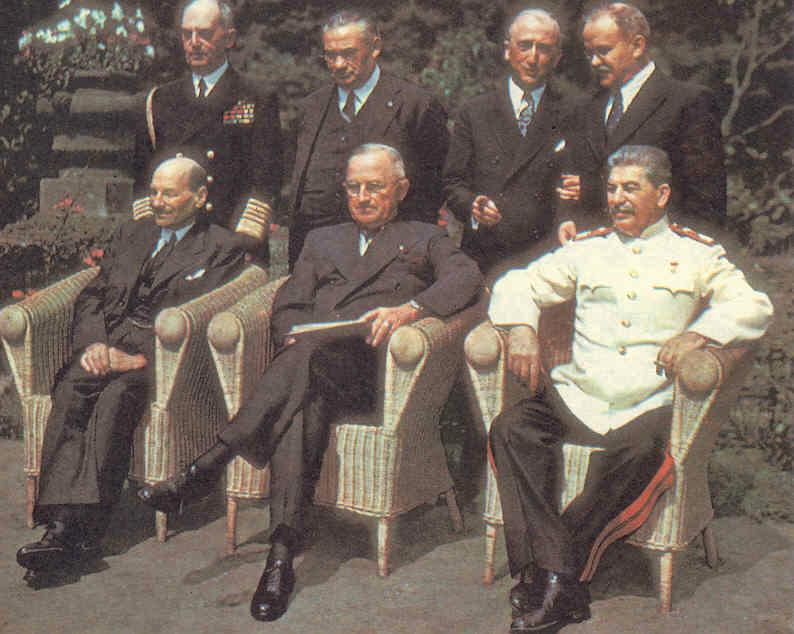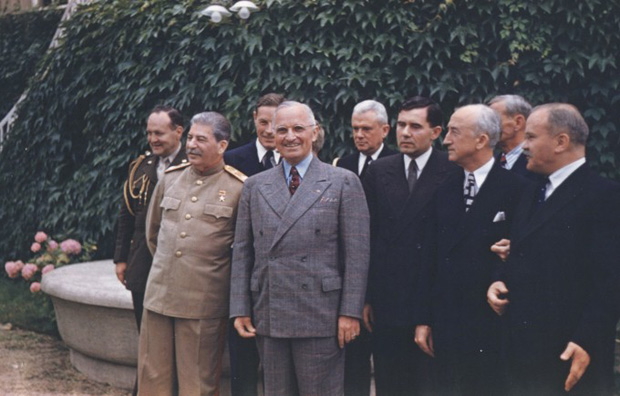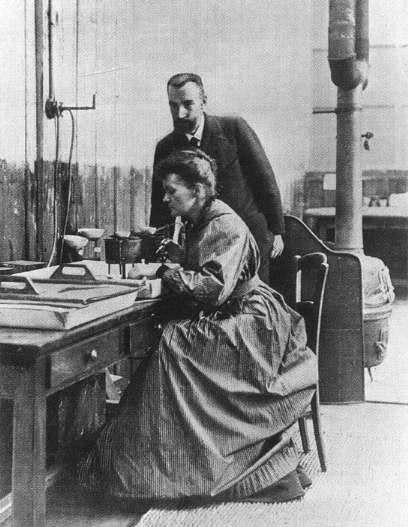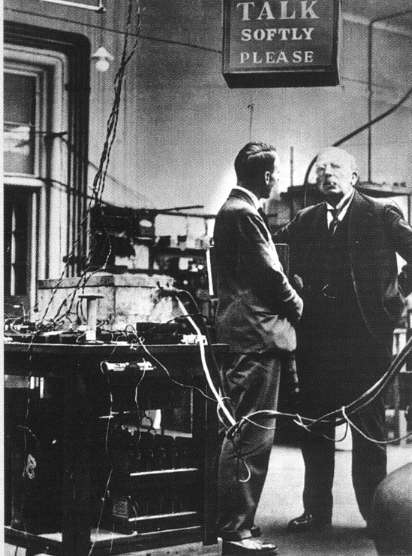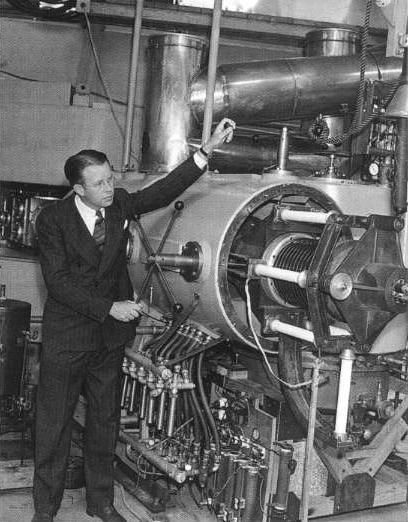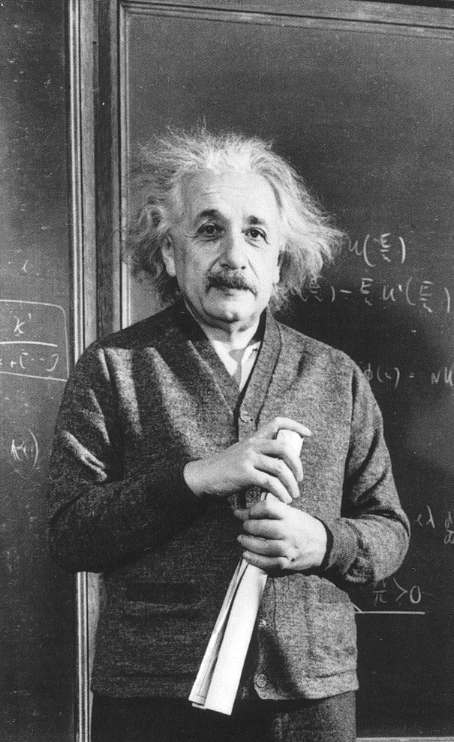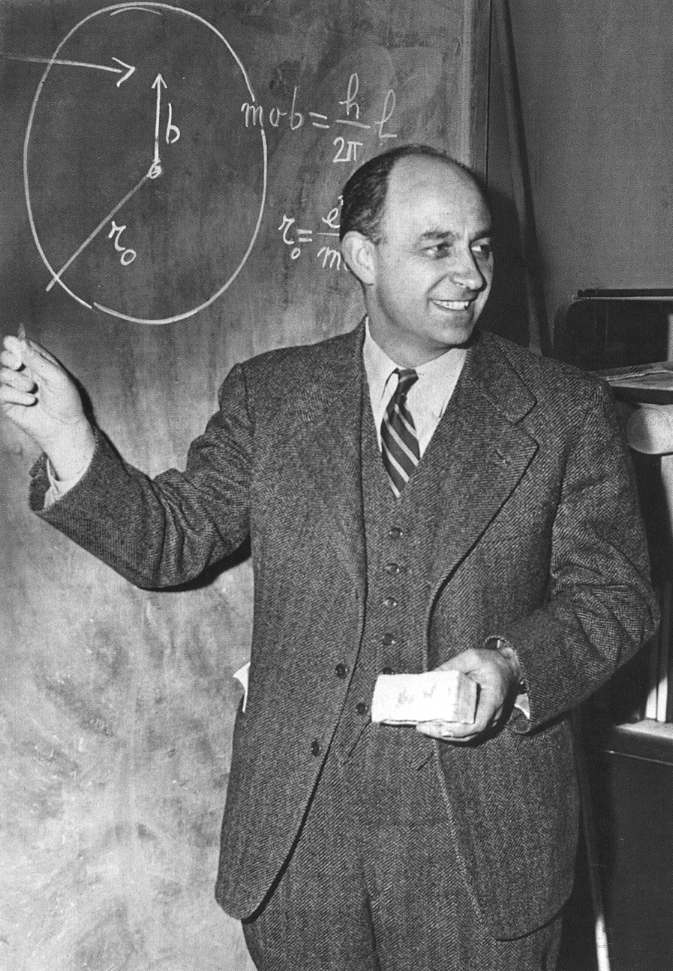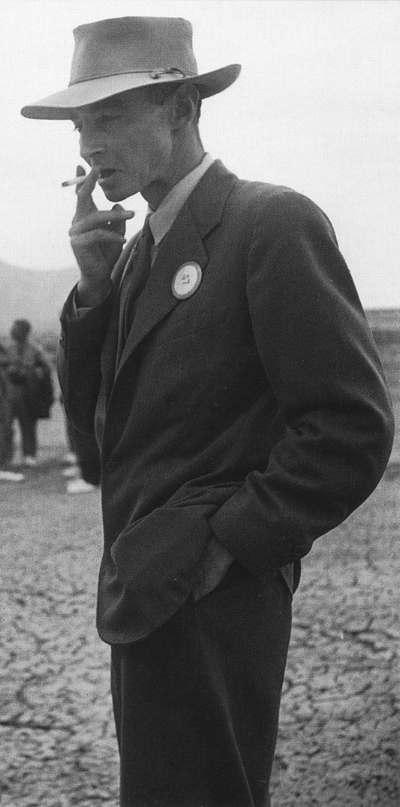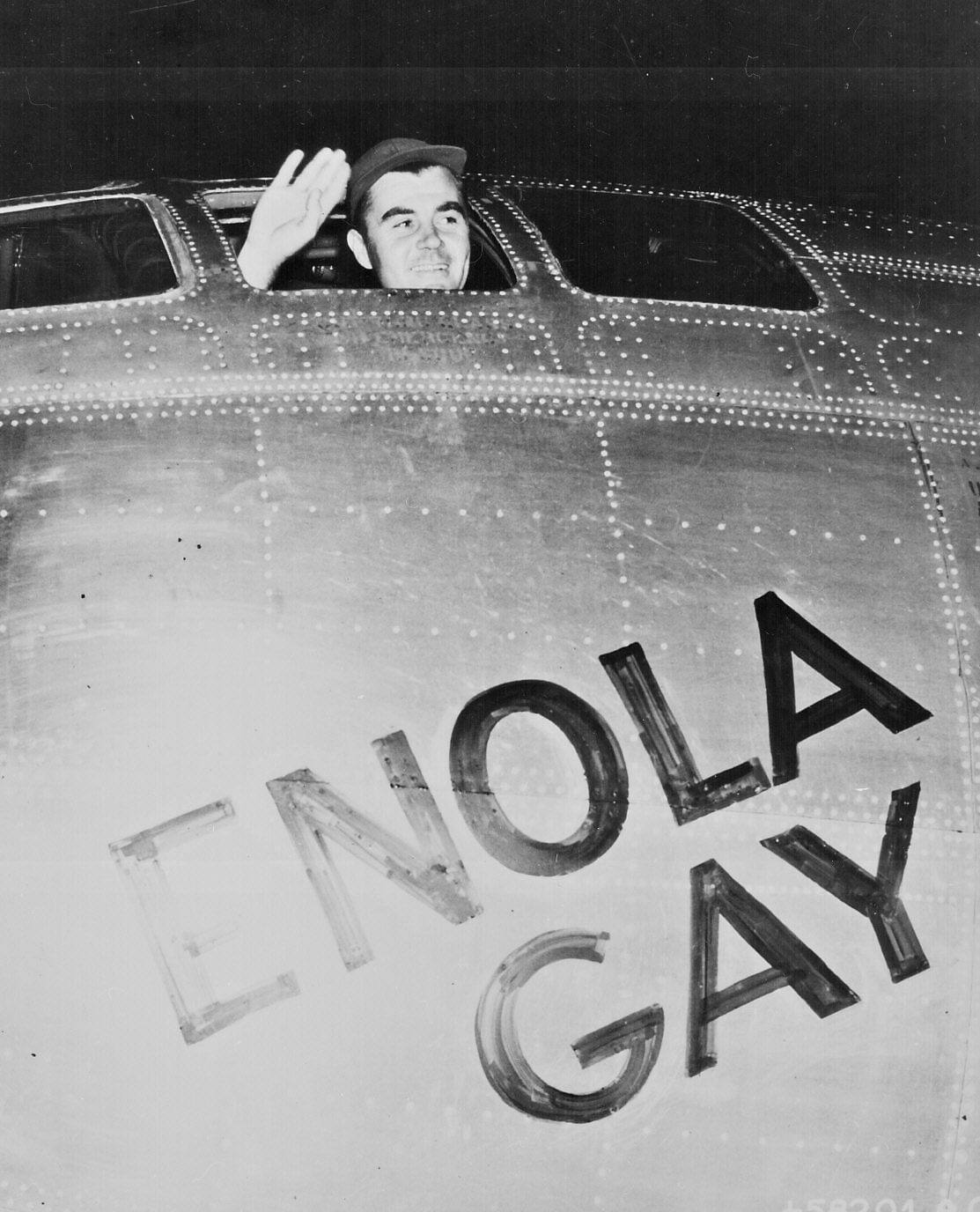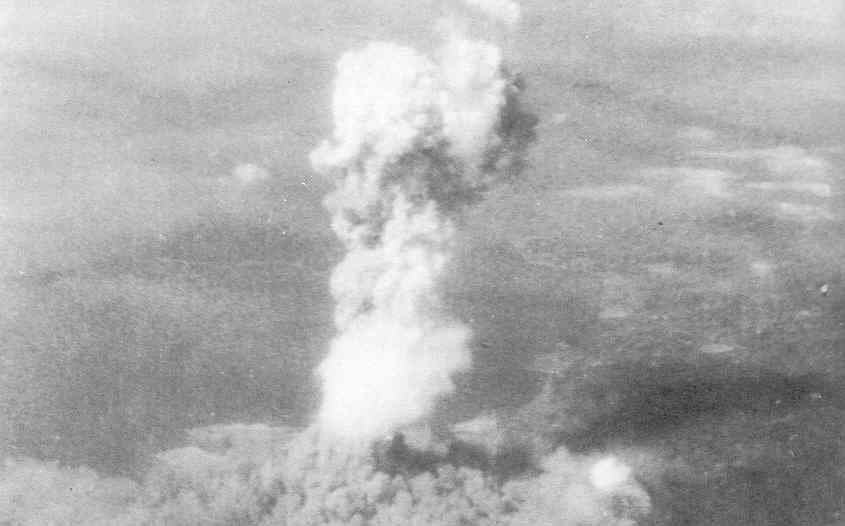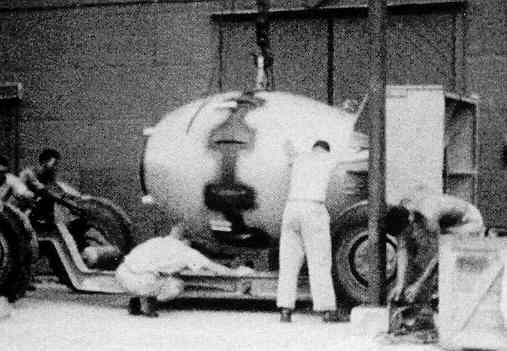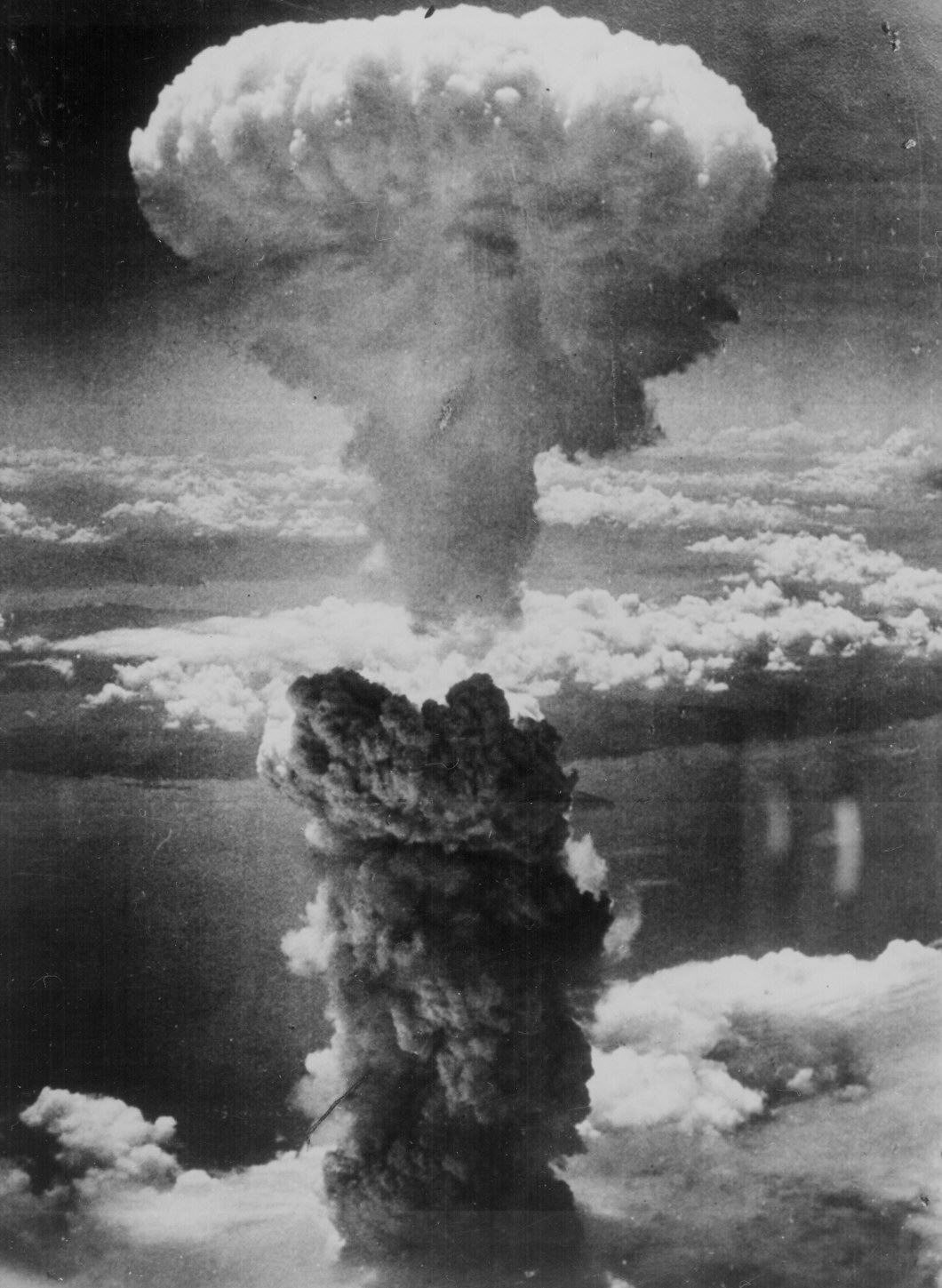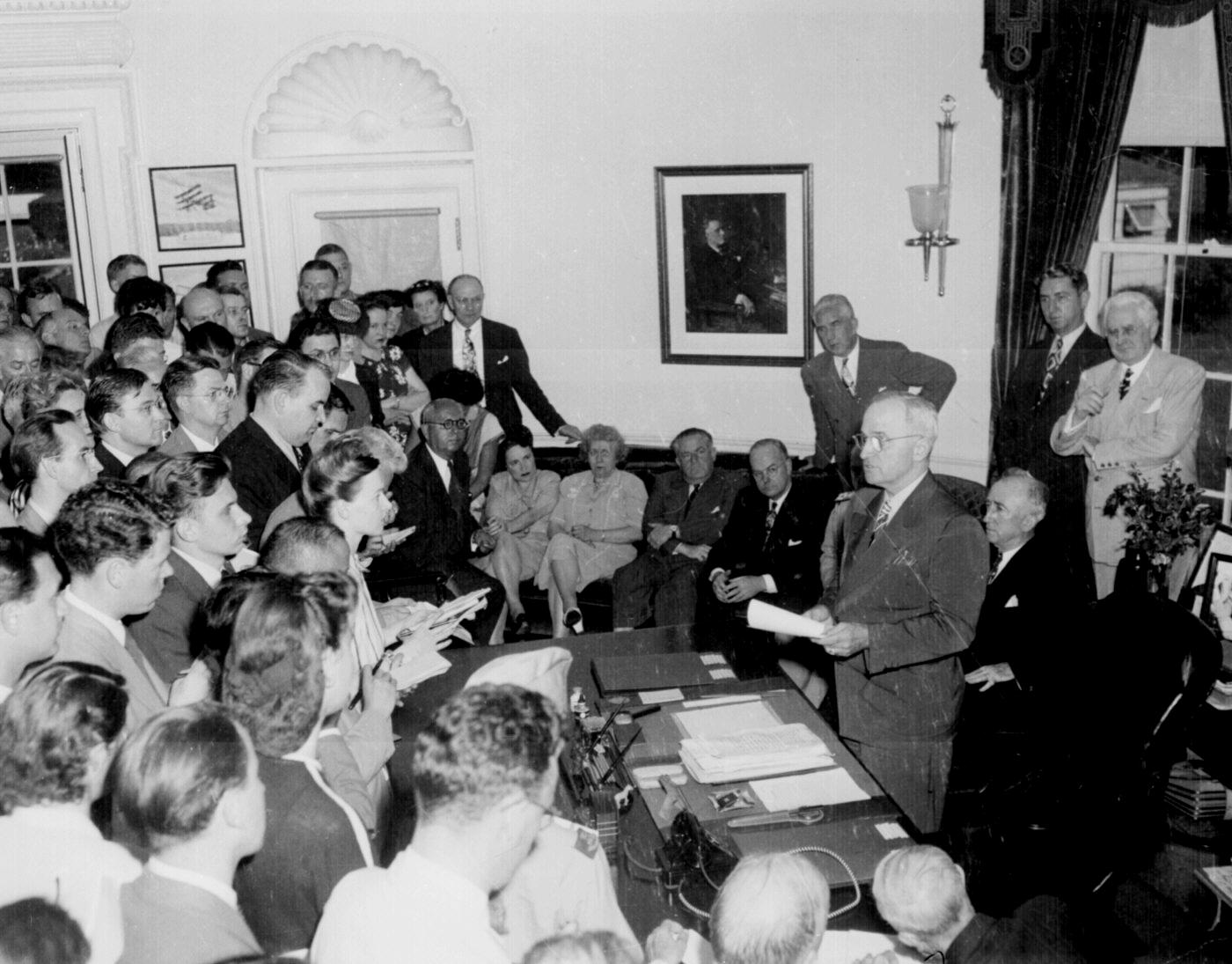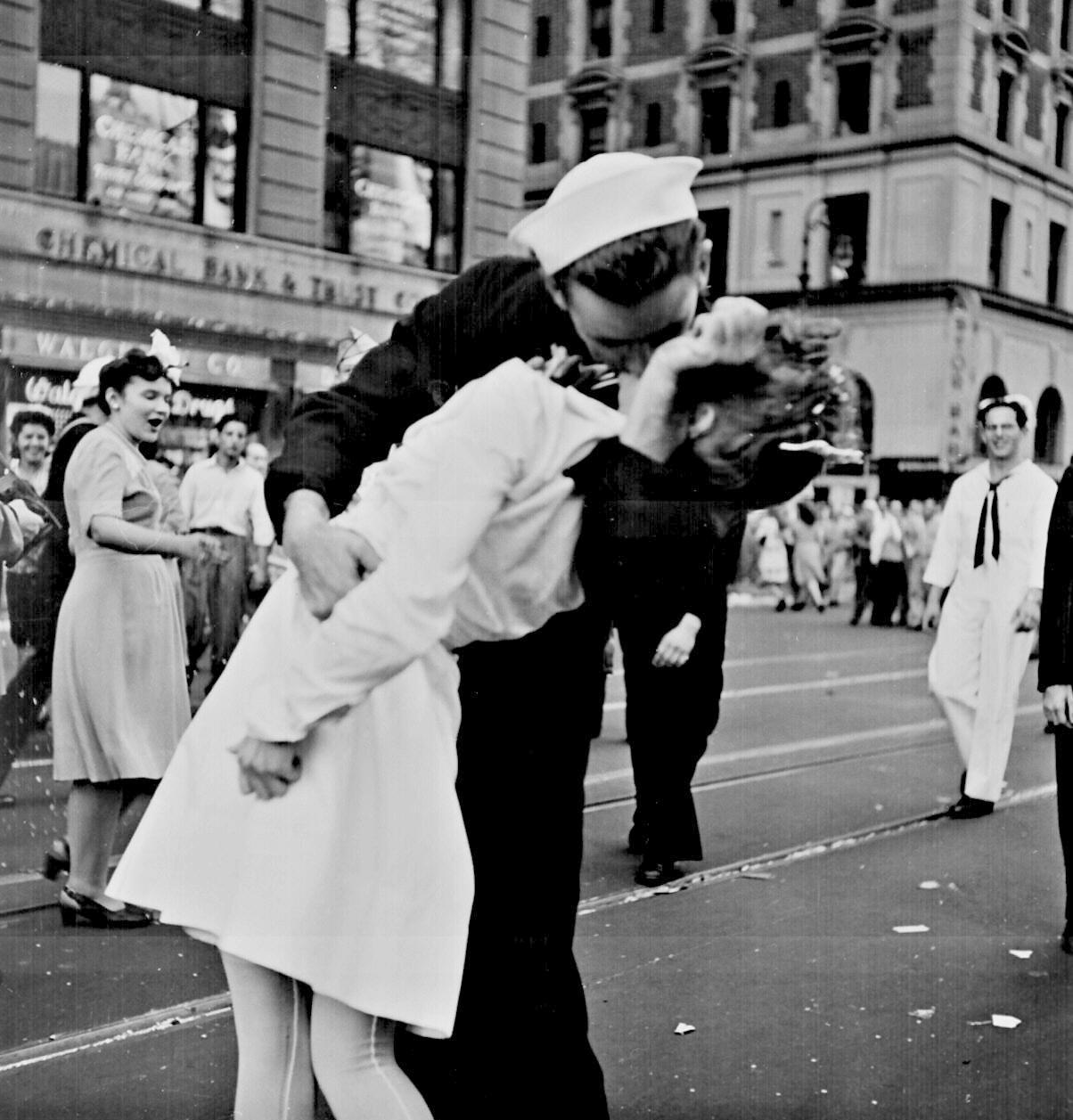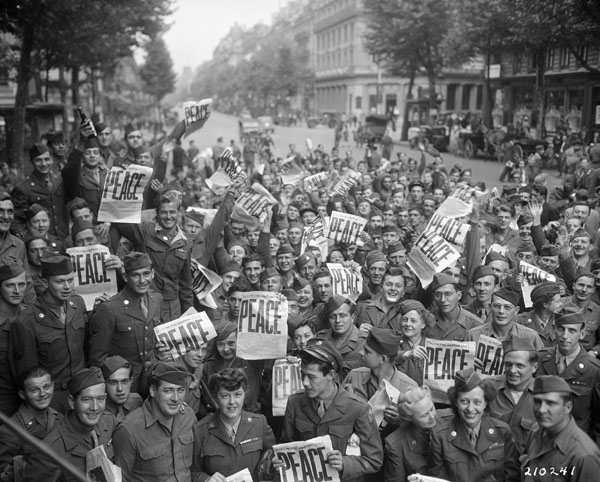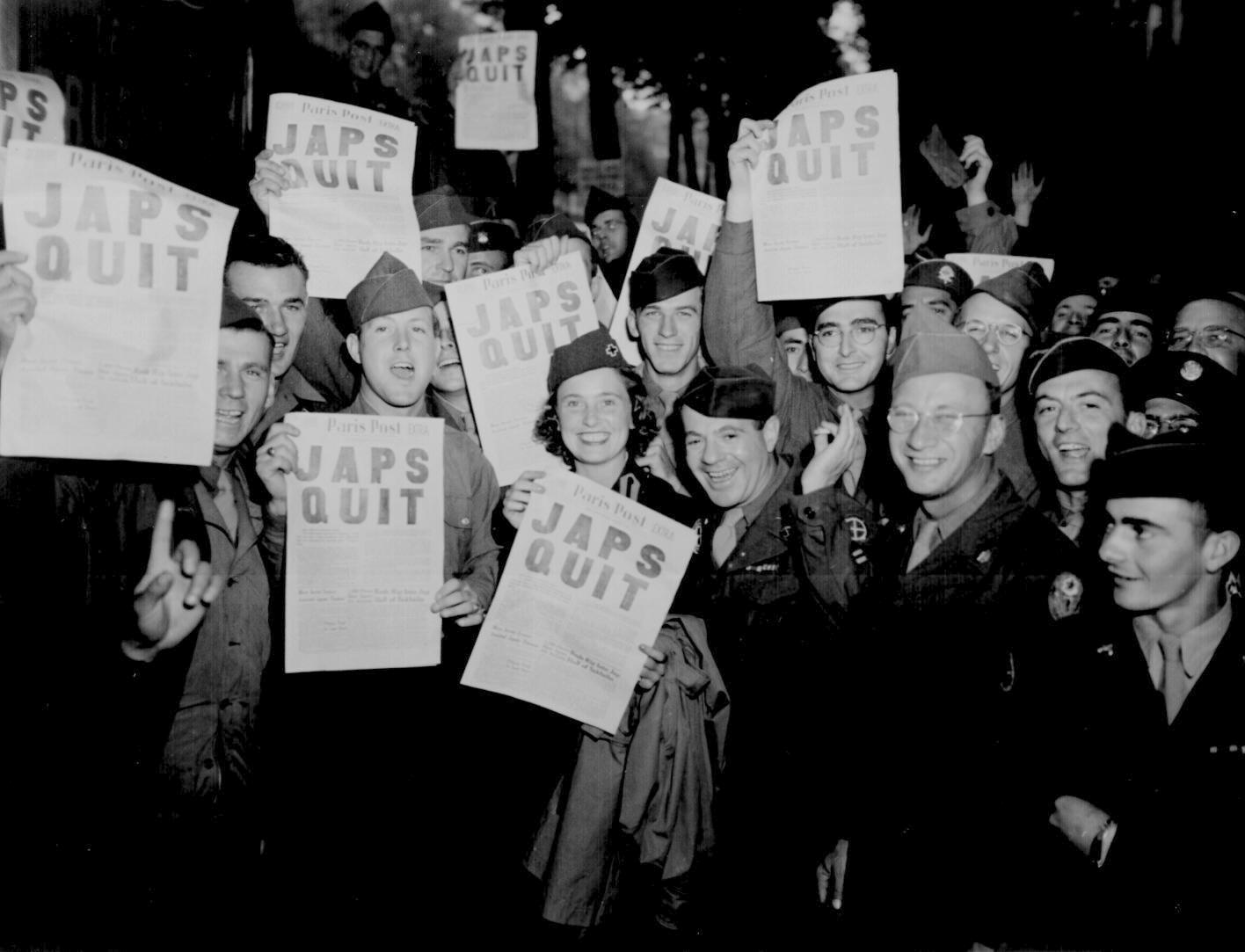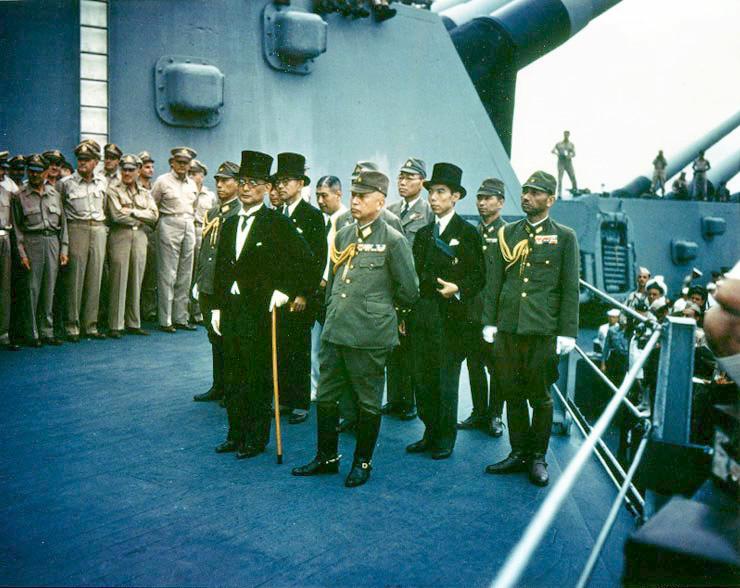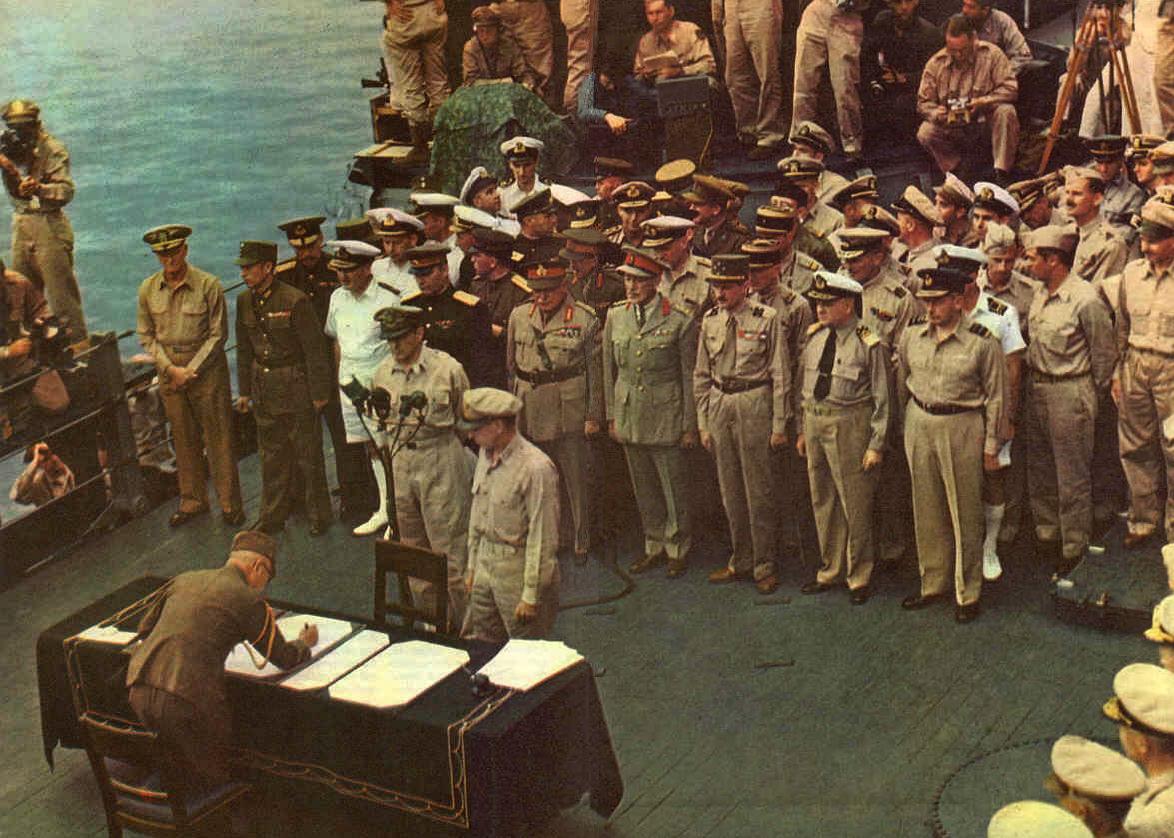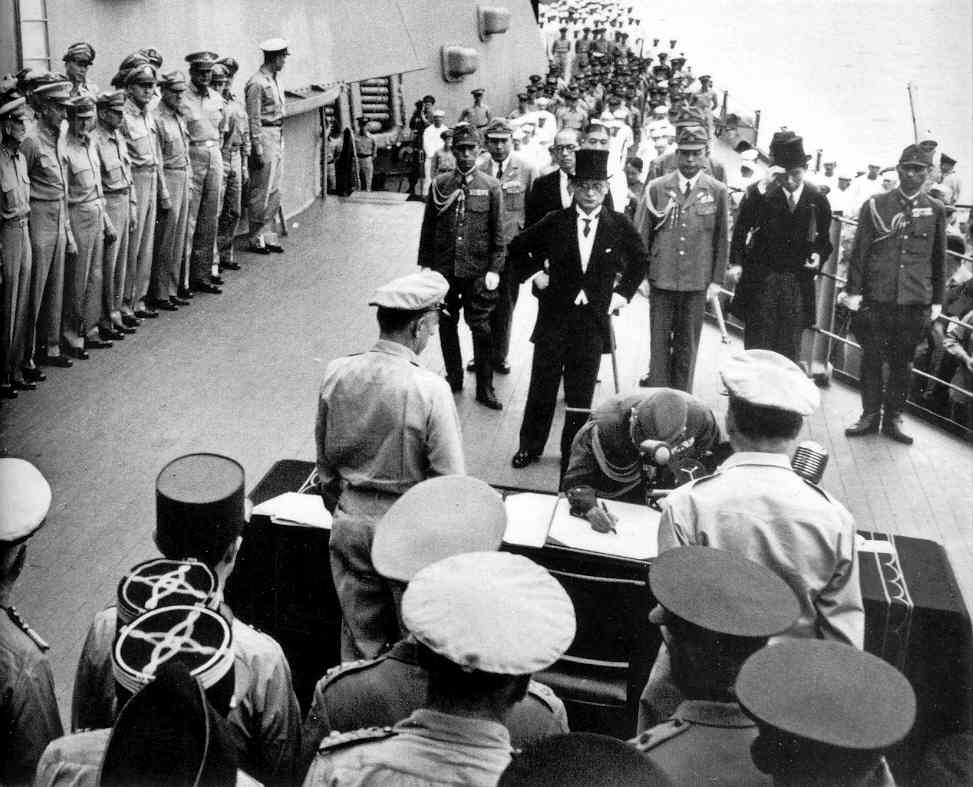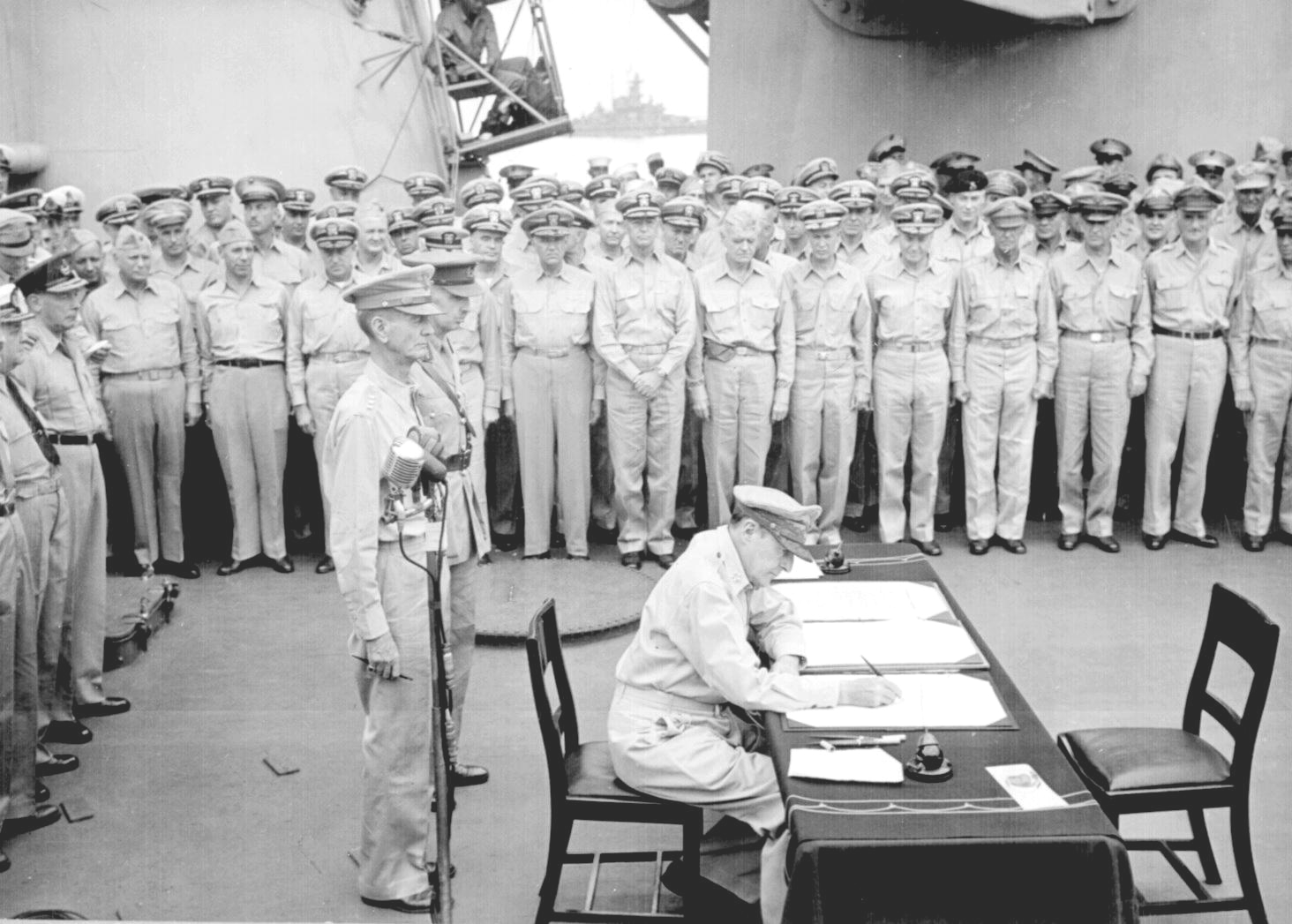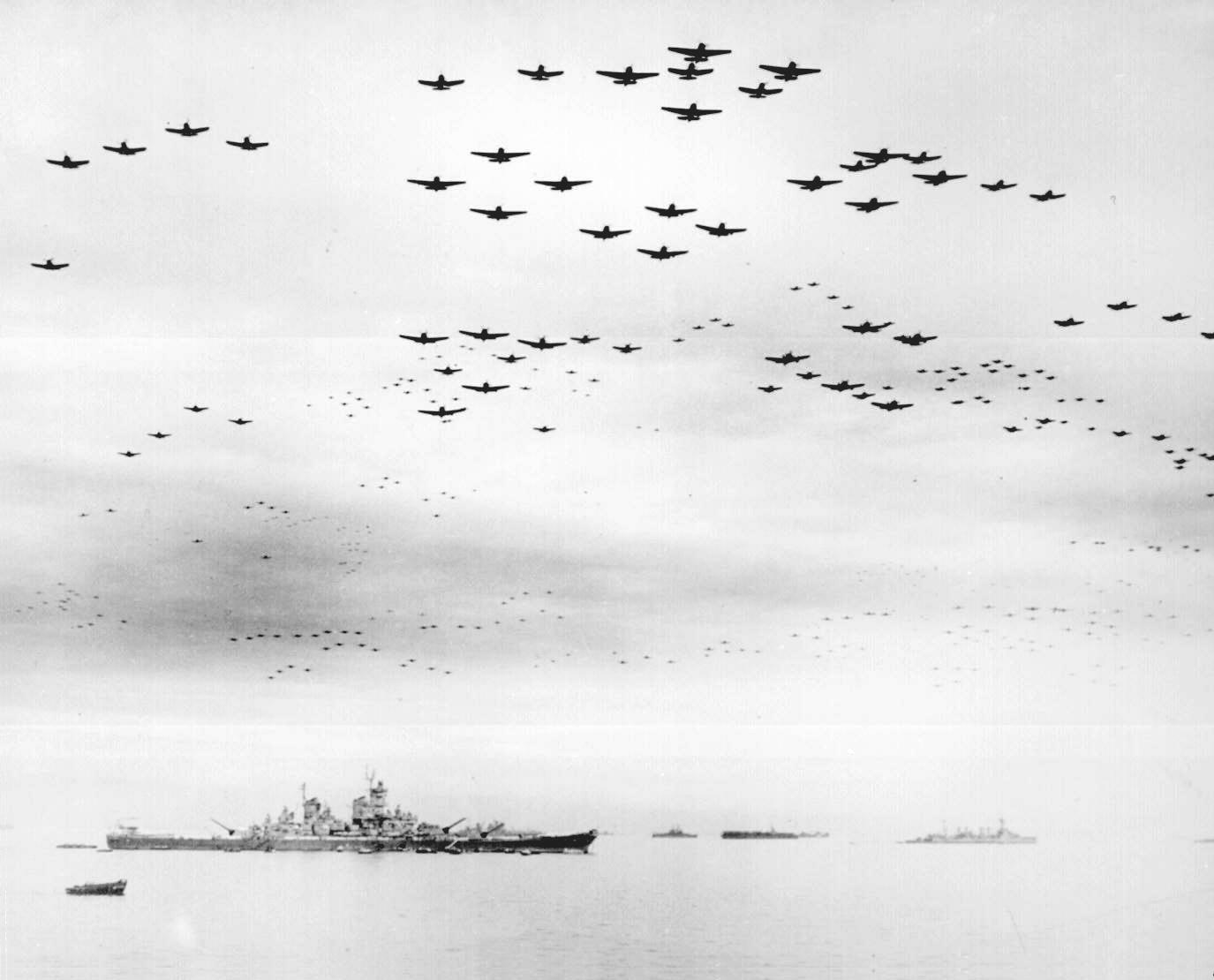Born in 1884, Truman had been raised on a 600-acre
farm in Missouri to a father who was active in local Democratic Party
politics and a mother who encouraged in him an early interest in music
(the piano) and reading (though he did not undertake formal schooling
until he was eight). After graduating from high school in 1901 he
briefly (one year) attended a business school in Kansas City and then
took a series of jobs as a clerk, before returning to the family farm.
He had wanted to attend the U.S. Military Academy at West Point, but
had been rejected because of his poor eyesight. Thus he joined the
Missouri National Guard in 1905, attaining the rank of corporal in an
artillery battery (he was able to enter the National Guard by first
memorizing the eye chart!).
He dropped out of the National Guard in
1911, but rejoined the unit when America entered World War One in 1917
– helping to sign up other young men to his unit. Popular with the men,
they elected him as their 1st lieutenant. At training camp, he worked
with both Edward Jacobson, who would become a business partner after
the war, and Tom Pendergast, son of Kansas City Democratic Party
political boss Pendergast – a connection that would eventually bring
Truman into the world of politics.
In France Truman was promoted to captain,
and given command of an unruly artillery battery, which he disciplined
– to the strong opposition of the men, at first. He ultimately proved
to be an excellent leader, and also an independent thinker, who
disobeyed orders and had his men destroy a German artillery battery –
thereby saving an American division that would have come under the
heavy fire of the German battery. His discipline and leadership
resulted in the loss of not a single man in his unit, and their eternal
love and support of Truman (which would later factor into his political
rise from obscurity). After the war Truman would continue to serve in
the Reserves, rising to major (1920), lieutenant colonel (1925) and
colonel (1932).
Also after the war, Truman joined up with
Edward Jacobson to open up a men’s clothing store (haberdashery) in
Kansas City, giving Truman enough financial leverage to finally marry
Bess Wallace. But the store failed in the post-war recession of 1921.2
However his relationship with Tom Pendergast led Truman to be supported
in his run for office as a county judge (actually more like a county
commissioner, as it was an administrative rather than a judicial job).
In 1923 he took up the study of law (night school) hoping to eventually
become a lawyer. But even Pendergast’s Democratic Party support could
not prevent Truman from losing his office in the 1924 Republican Party
electoral sweep across the nation, and he took up another clerical job
and dropped his law studies (1925). Then in 1926 he was returned to
office (again with Pendergast support) as the county’s presiding judge,
but did not resume law studies. He would be re-elected to the office in
1930.
At this point Truman’s hard work and
self-discipline registered itself in the modernization of Kansas City
(numerous public works projects), in which Truman played a key role.
Then with the onset of the Great Depression, Kansas City Boss Tom
Pendergast (Pendergast’s father, who was personally very impressed with
Truman’s strong performance) had Truman appointed by Roosevelt as
Missouri director of one of the president’s New Deal programs,
initiating a personal connection between Truman and Roosevelt’s special
advisor, Harry Hopkins.
After much back and forth maneuvering,
Pendergast finally decided to support Truman as the Democratic Party
candidate in the 1934 race for U.S. Senate. With the nation's
continuing blame of the Republican Party for the Great Depression,
Truman scored a huge margin of victory over his Republican rival and
entered the U.S. Senate in 1935, with the accompanying label as "the
senator from Pendergast." Living down the reputation as being nothing
more than the tool of a notorious urban boss would not be an easy
challenge to rise above. But Truman would eventually prove himself to
be a man of unshakeable integrity. At the same time, he would also be a
through-and-through New Deal Democrat, voicing the standard litany
against Wall Street and the greedy corporate world. However, being a
freshman senator, it would be a long while before Roosevelt would take
any particular note of him.
In 1940, Truman was on his own in facing
reelection (Boss Pendergast had been imprisoned for income tax
evasion), being opposed in the Democratic Primary by Missouri's former
governor and by a well-known U.S. Attorney. But the two opponents split
the vote of the group opposing Truman and Truman received the
Democratic Party nomination, and a narrow victory over his Republican
opponent in the November 1940 elections.
Meanwhile, Truman's hostility to corporate waste had him in late
1940 create and chair a subcommittee of the Senate Committee on Military
Affairs investigating U.S. army bases. Then with America's entry into
World War Two a year later, the work of his Truman Committee would soon
draw national notice. His committee not only eventually saved the U.S.
government from as much as $15 billion in waste but also drew the
attention of Time Magazine which featured him on its March 1943 cover
(the first of many).
Thus it was that Truman's name came up
when in 1944 Roosevelt began considering his run for a fourth term as
U.S. president. Henry Wallace had been serving as Roosevelt's vice
president. But Wallace's virtually Socialist ideals were putting off
Democratic Party leaders. Close involvement with Russia was raising
many questions about how America wanted to shape its post-war economy.
Socialism was coming to be identified with government tyranny, on the
Stalinist model. Meanwhile capitalism had cleared itself with its
enormous output of industrial goods during the war. Thus the country
was swinging against the Socialist tendencies of New Deal programming
and more to the hope of a post-war capitalist revival (though certainly
not an idea that would go unchallenged). Wallace was thus increasingly
problematic as vice president. And so it was that Roosevelt and his
advisors turned to Truman as a compromise candidate. And with the
Democratic Party's 432–99 win over the Republican Party in the 1944
election, Truman became America's vice president. And thus it was also
that Truman soon became the new U.S. president.
Personally, Truman was himself shocked
that, with Roosevelt's death only a few months into the new
presidential term, such a heavy post-Rooseveltian legacy had suddenly
fallen on his shoulders. He was fully aware of the heavy
responsibilities of the presidential office, especially during this
time of war, and was unsure of the level of support he would receive in
having to fulfill those responsibilities. But he was one who had
learned to accomplish much, especially when so little was expected of
him.
In that same month that the presidency
fell on his shoulders Truman went before Congress and prayed a prayer
that certainly also the nation was praying at that time:
As I have assumed my heavy duties, I humbly pray Almighty God, in the words
of King Solomon: "Give therefore thy servant an understanding heart to
judge thy people, that I may discern between good and bad; for who is
able to judge this thy so great a people?" I ask only to be a good and
faithful servant of my Lord and my people.
Indeed, Truman would attempt to live up to that enormous
responsibility. But actually, few thought at the time that this new and
unsought president would be able to meet those standards. In fact
Truman would have a hard time winning the hearts of the American
people, who had become used to the rather majestic presence of
Roosevelt at the helm. Getting the Americans to see in Truman little
more than the qualities of a next-door neighbor or somebody's uncle
would take longer than the time he was actually in office. It would
really not be until a generation later that Americans could look back
and see that Truman at the helm – rather than Roosevelt, at a time when
hard-nosed common sense and not just presidential majesty was required
in the mounting conflict with Soviet Russia – was itself an act of the
same Almighty God that Truman had appealed to in that prayer.
Despite his common ways (often even
profane in language) Truman personally was a man of great personal
faith in God and Christ, a man of daily prayer, and highly Biblical in
the way he analyzed, categorized and chose critical decisions that fell
to him to make. Most of this was of a very private nature, but highly
important to the nation that he would have to guide through the
political, economic, social and spiritual minefields that awaited
America and the world after the collapse of the German and Japanese
empires.

 Preparing for a post-war world
Preparing for a post-war world Roosevelt suddenly dies (April 12, 1945)
Roosevelt suddenly dies (April 12, 1945) The
final destruction of Hitler's German Reich – April-May 1945
The
final destruction of Hitler's German Reich – April-May 1945 The war in Europe is finally over
The war in Europe is finally over Political considerations thrust themselves
forward
Political considerations thrust themselves
forward The Potsdam Conference – July 1945
The Potsdam Conference – July 1945 The atomic bomb
The atomic bomb Peace at last!
Peace at last! Japan's formal surrender -
September 2, 1945
Japan's formal surrender -
September 2, 1945









